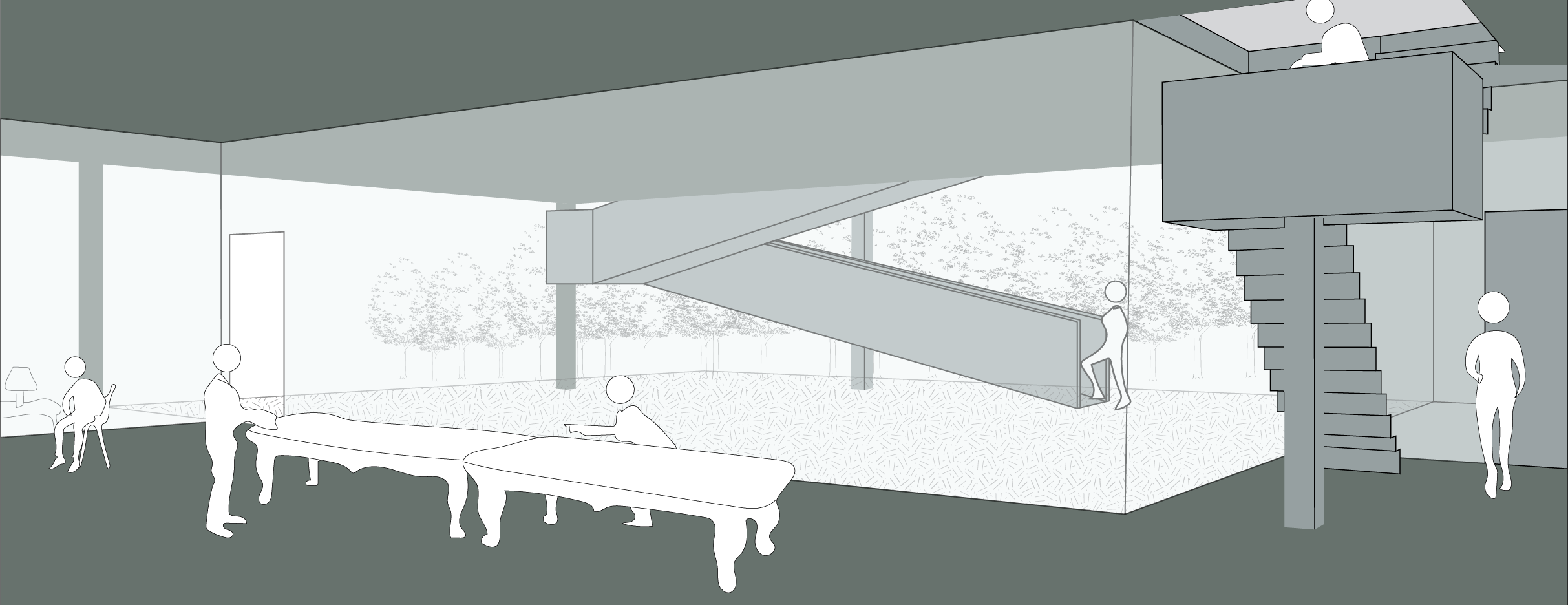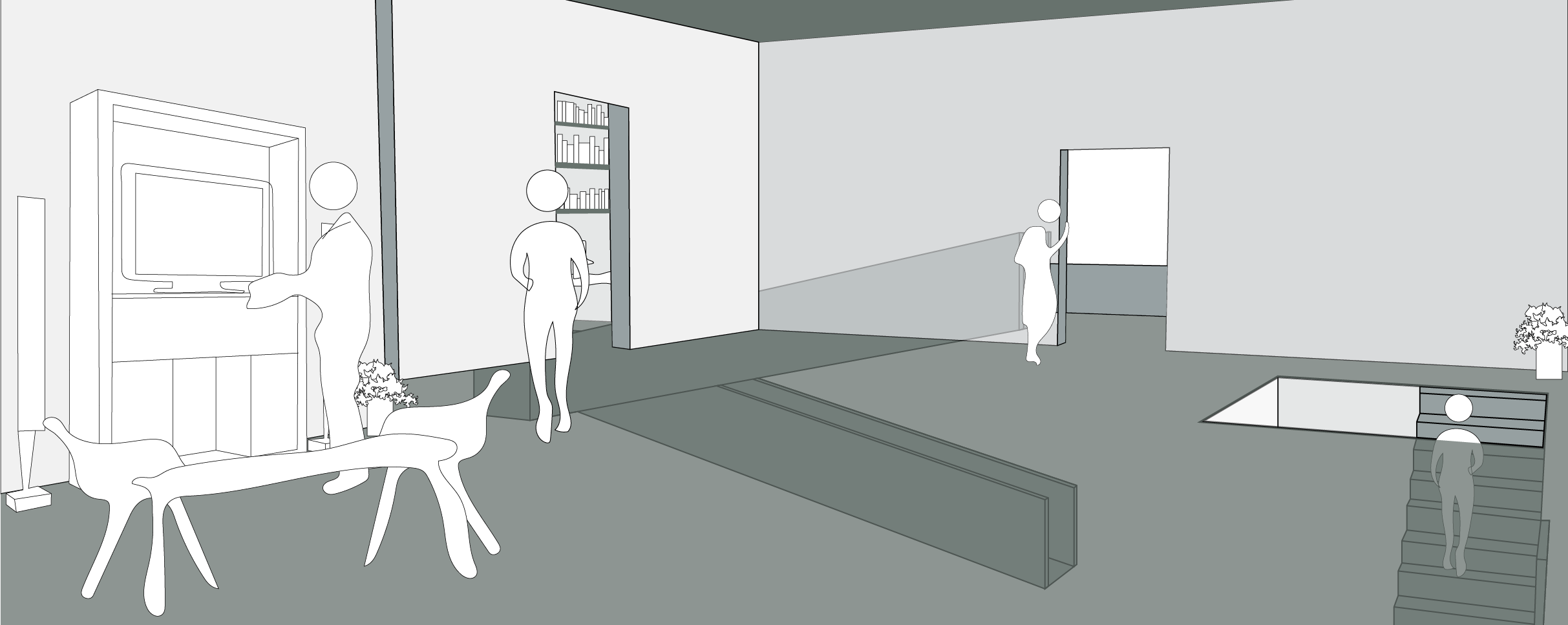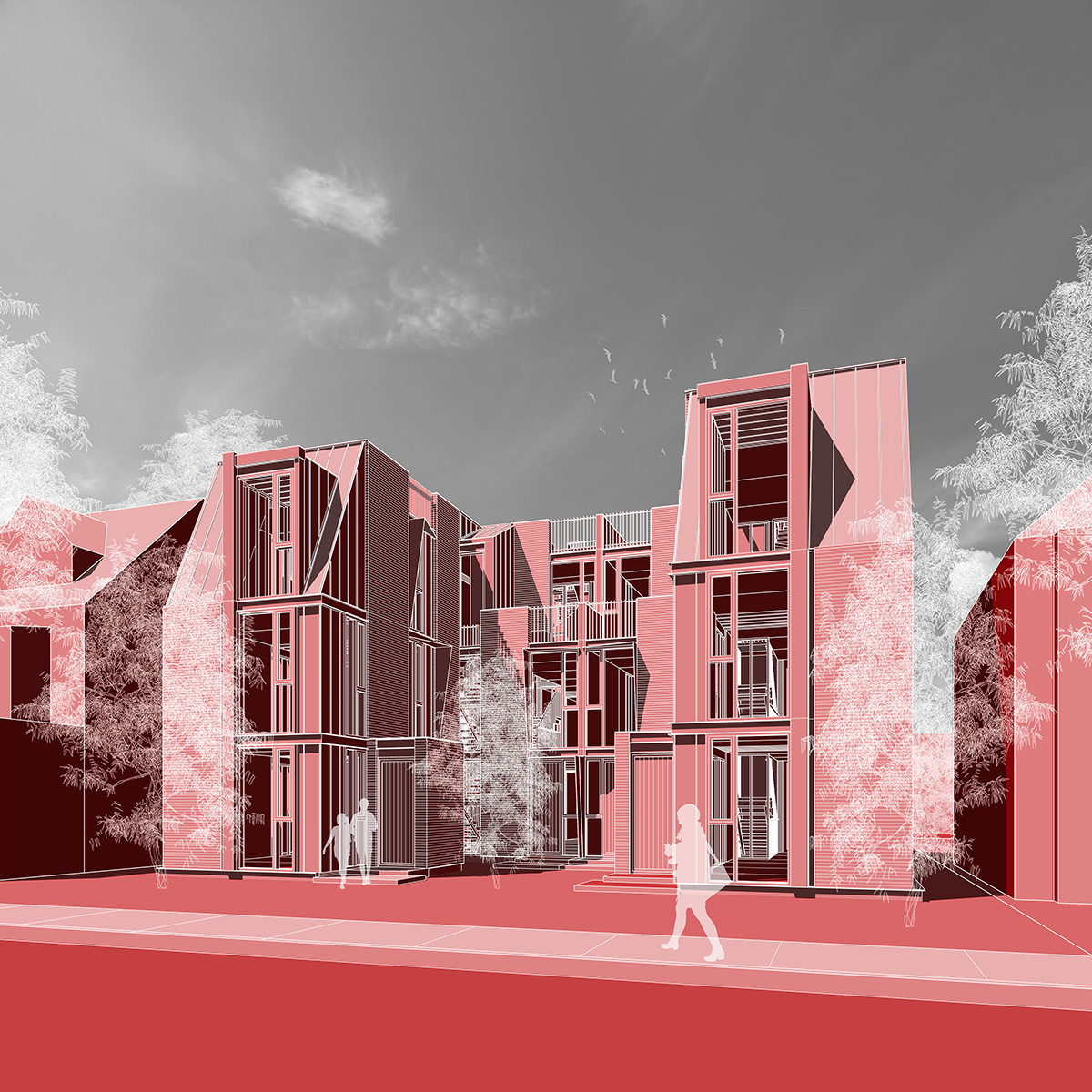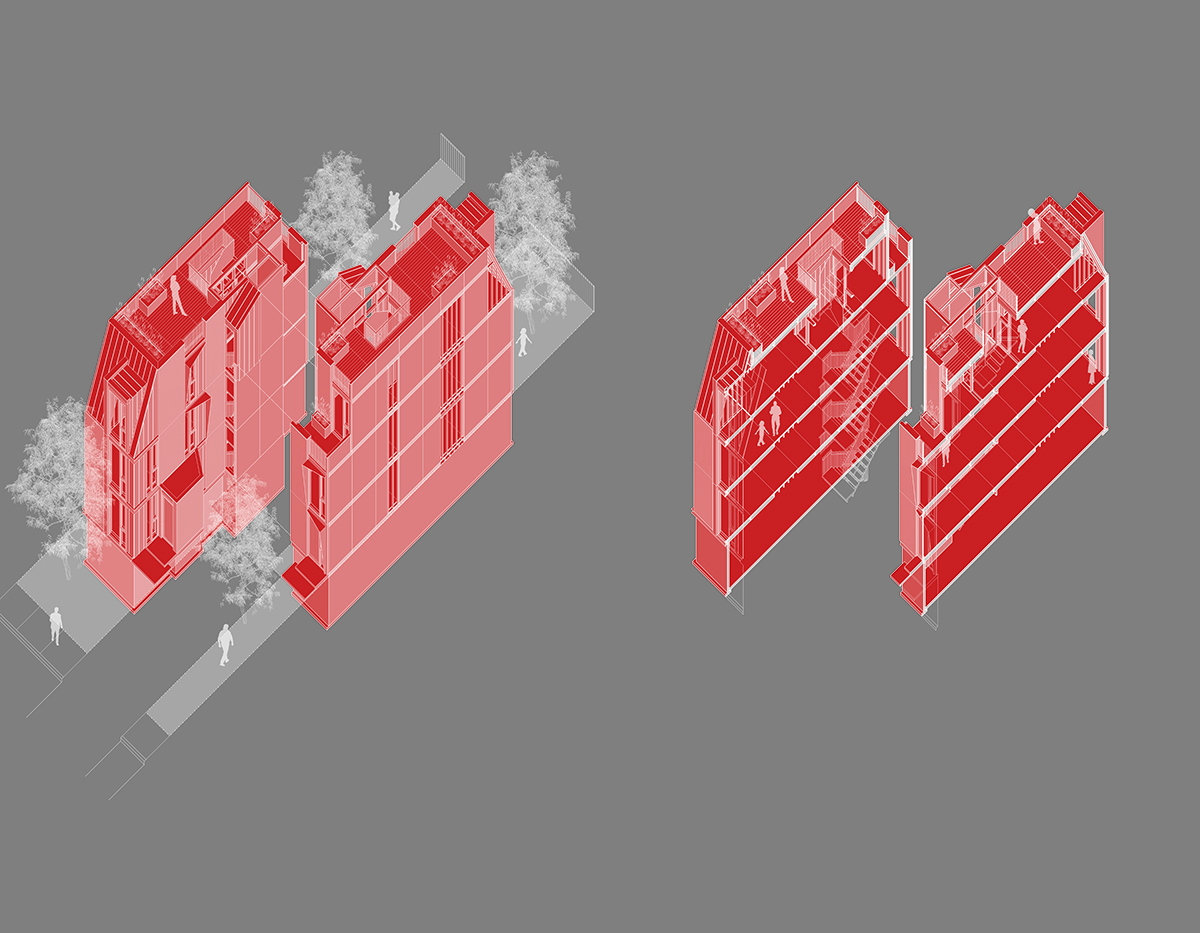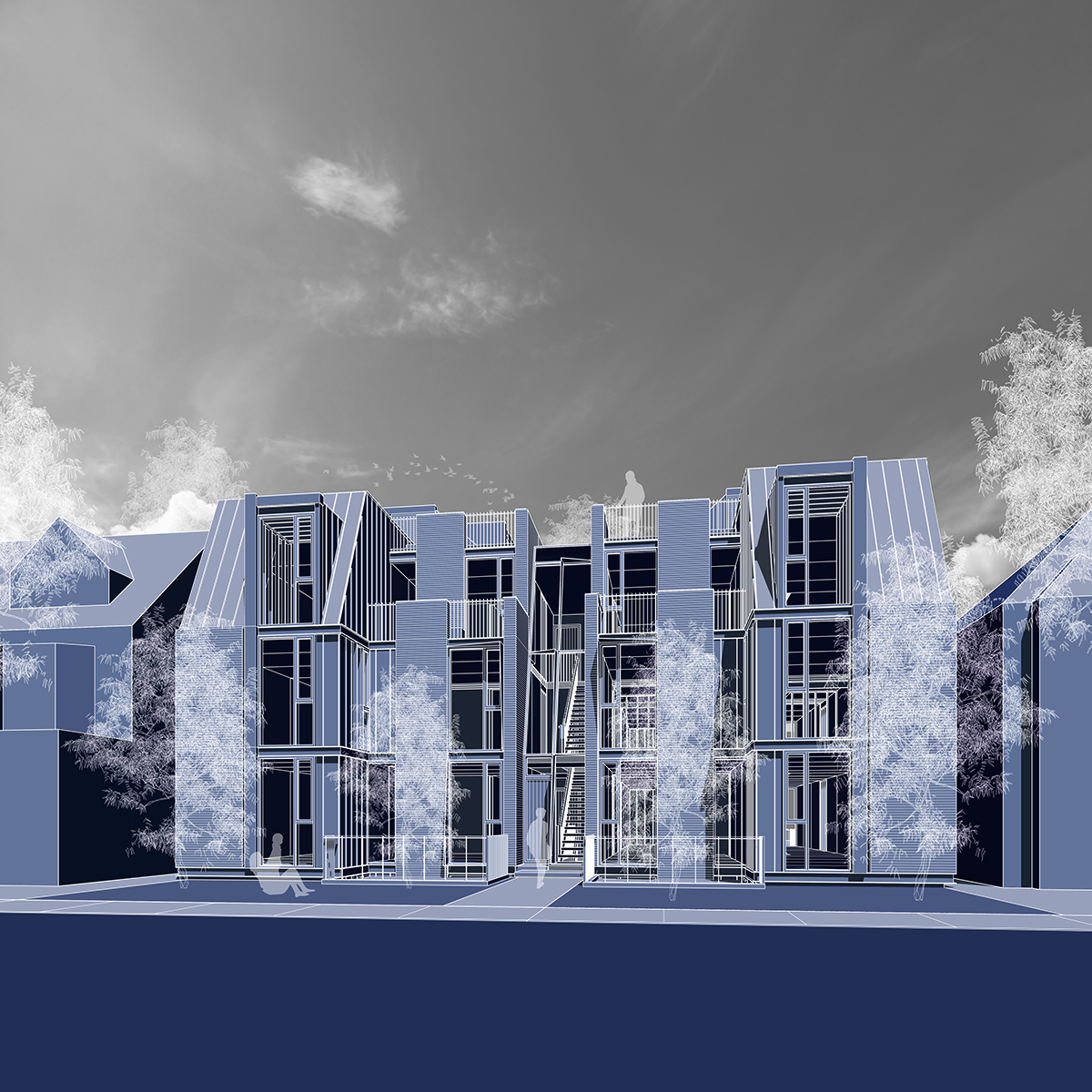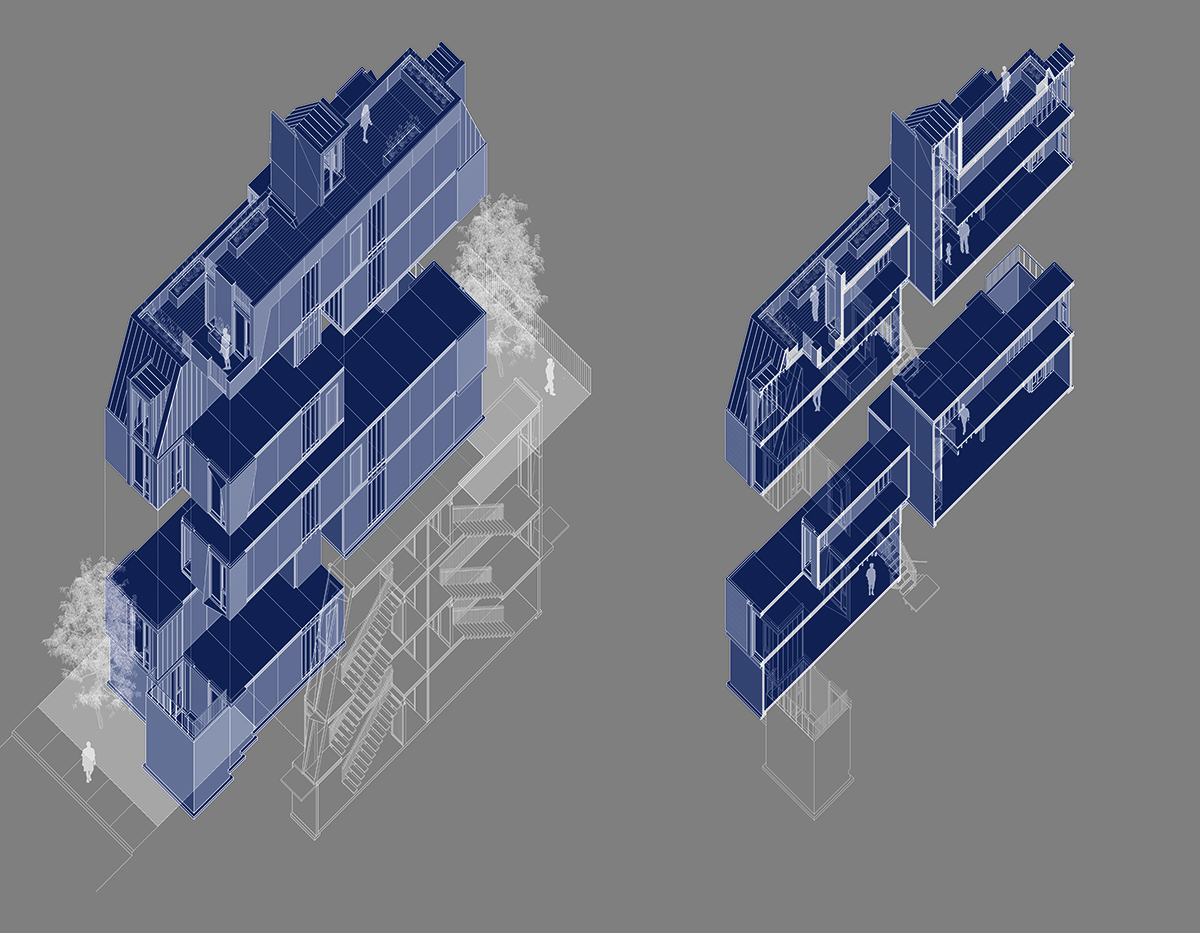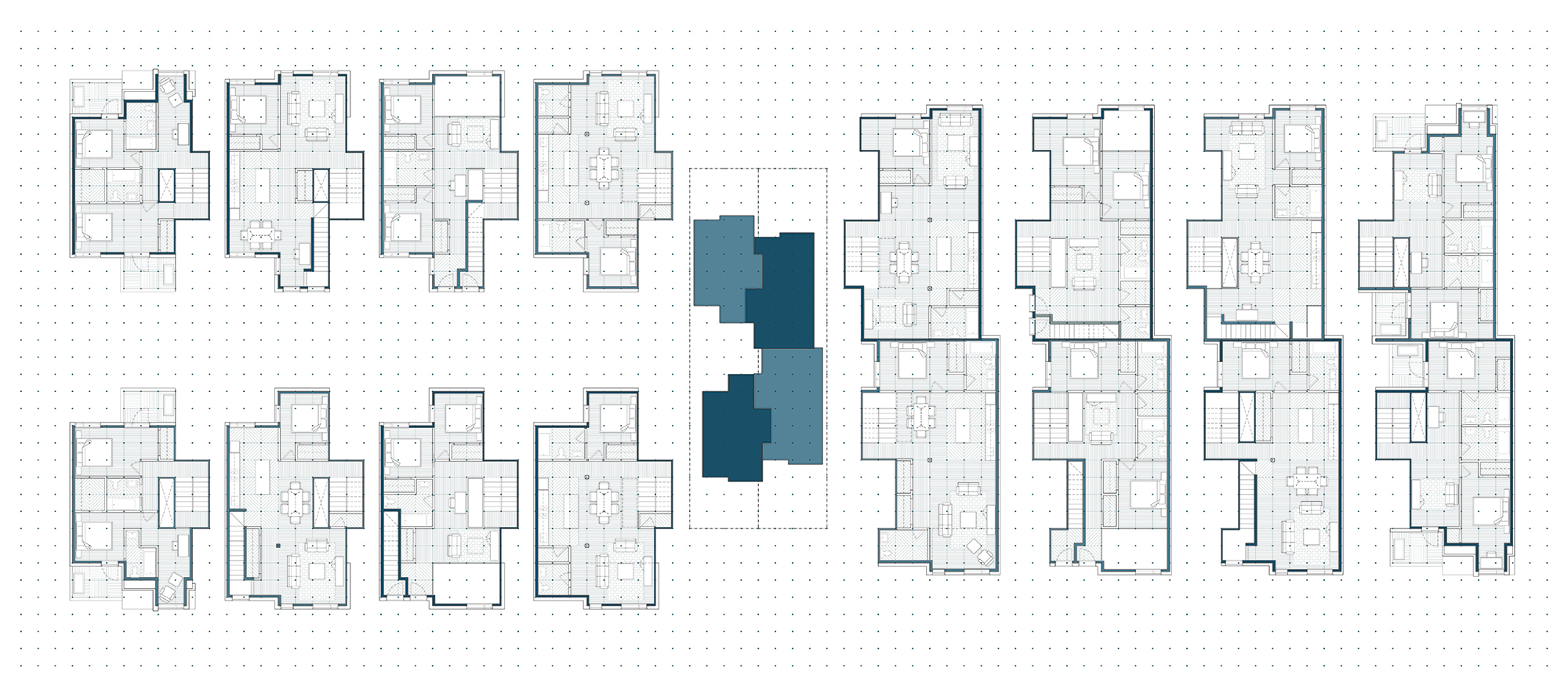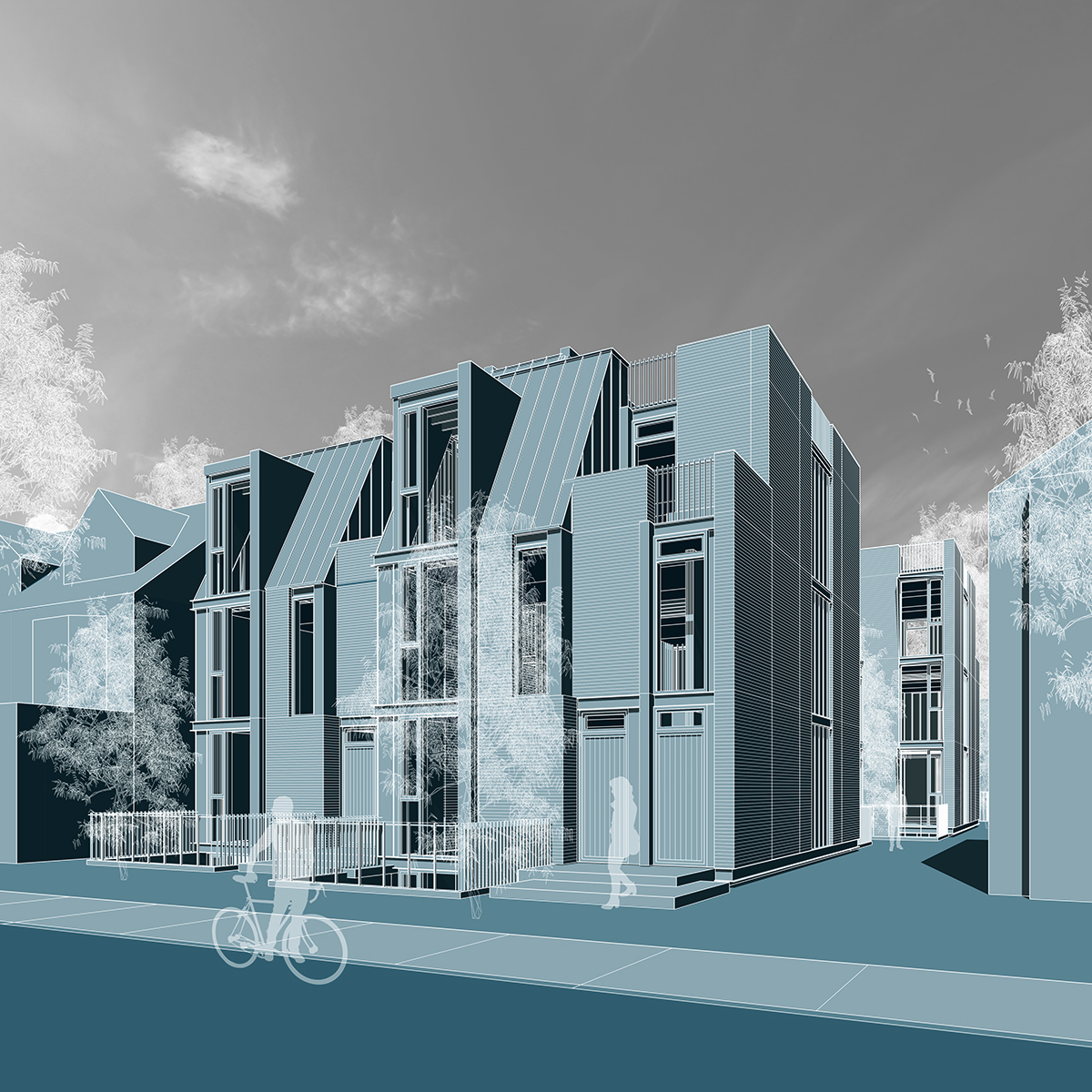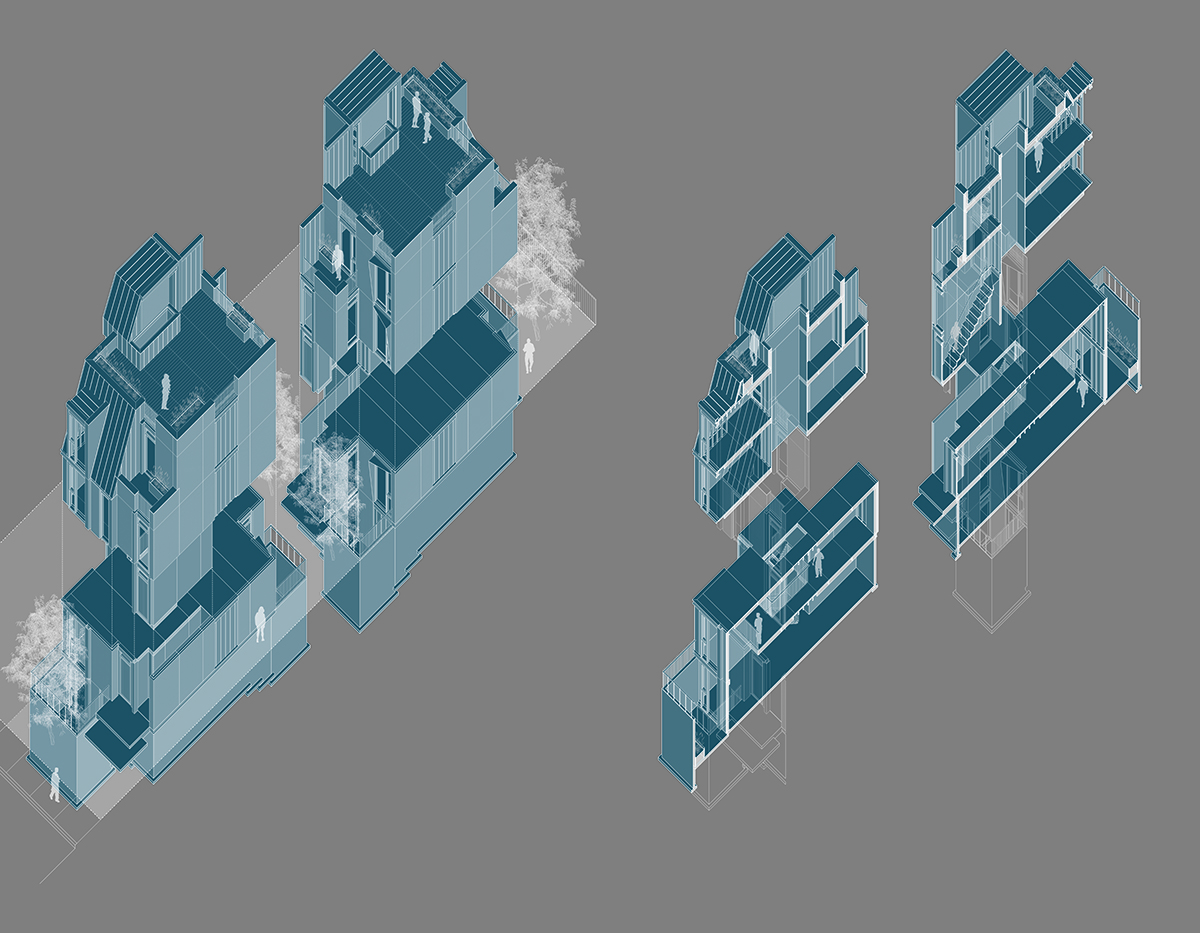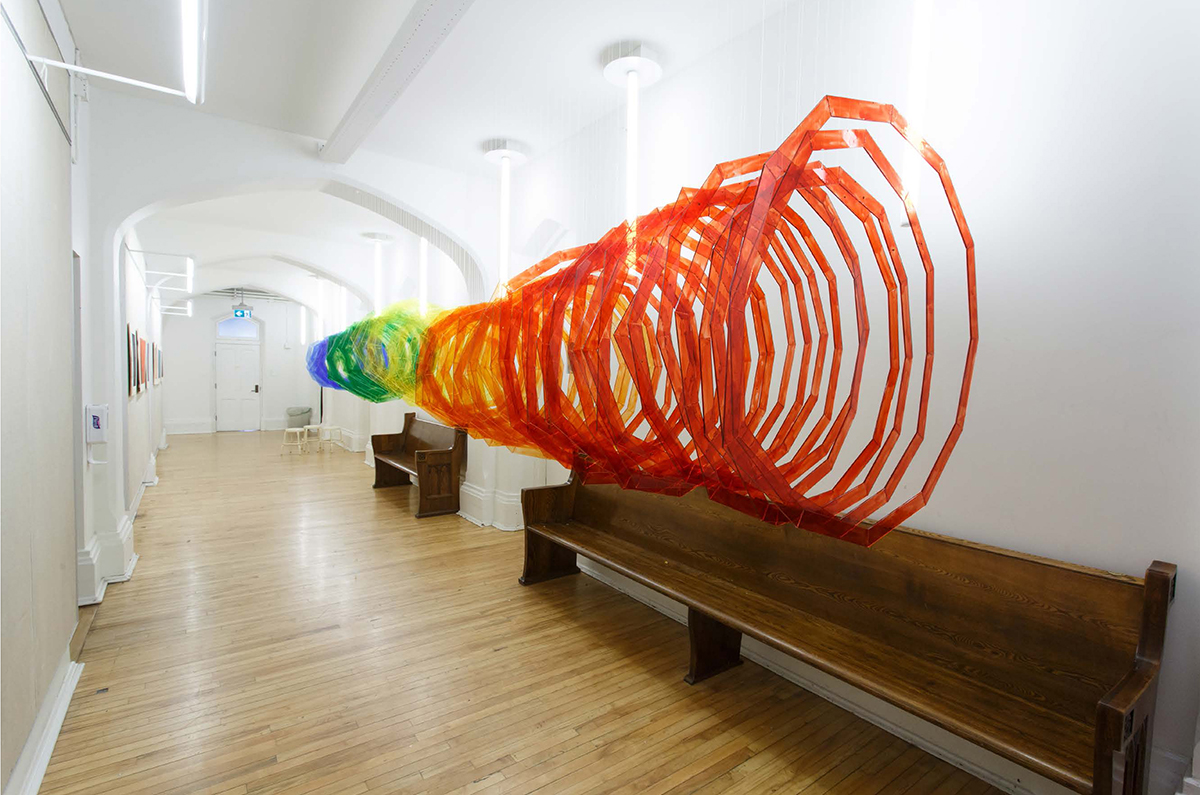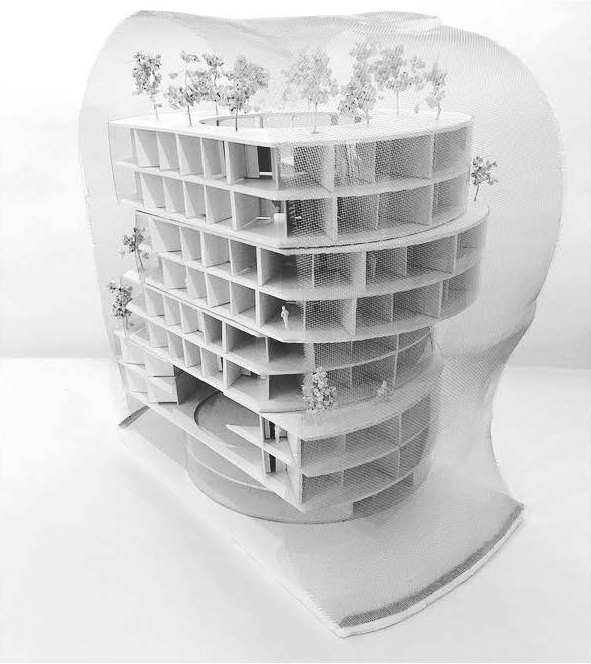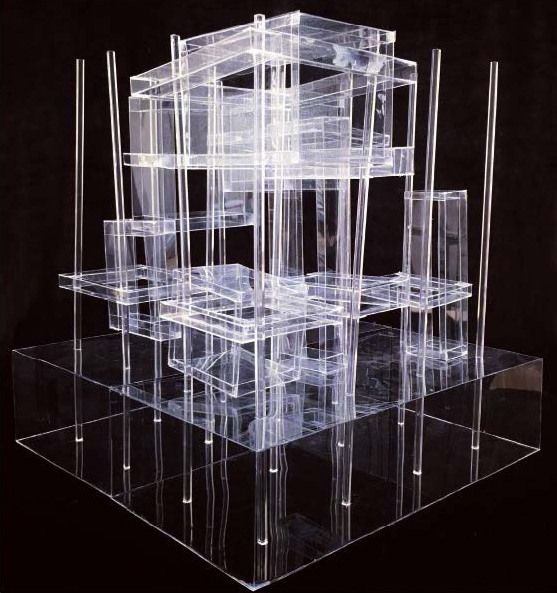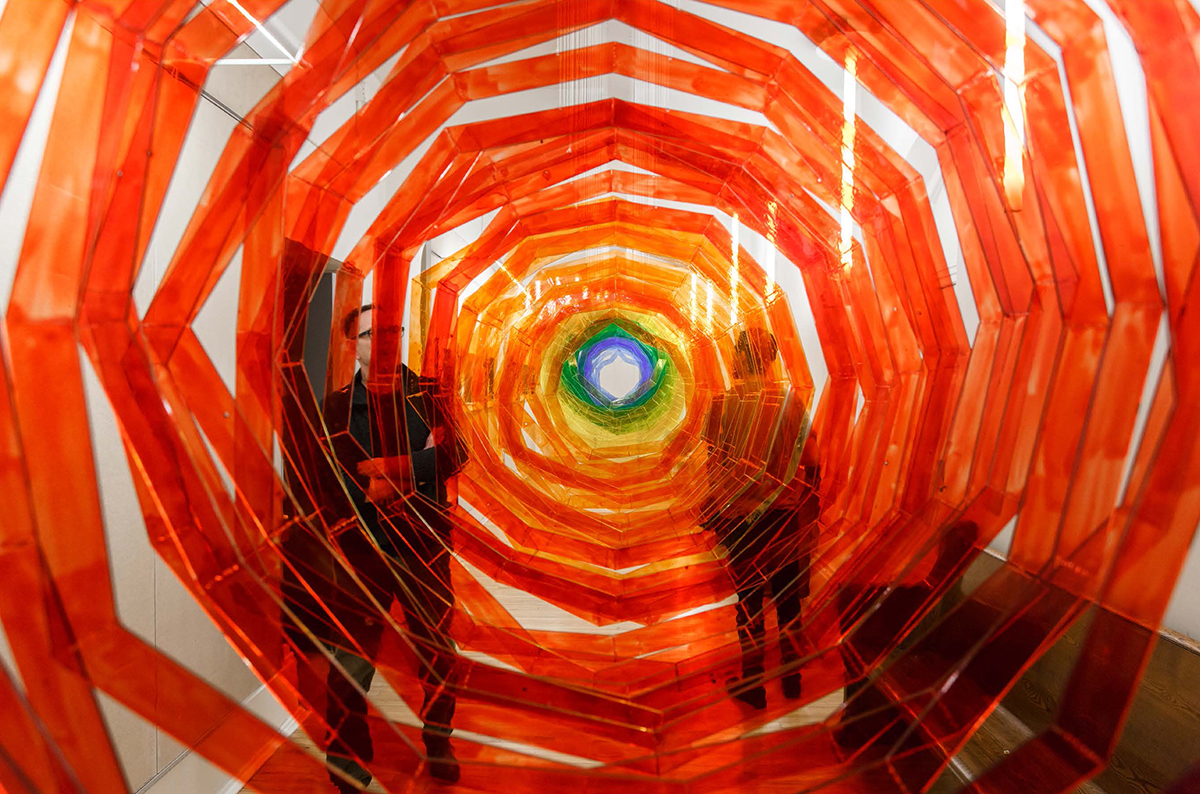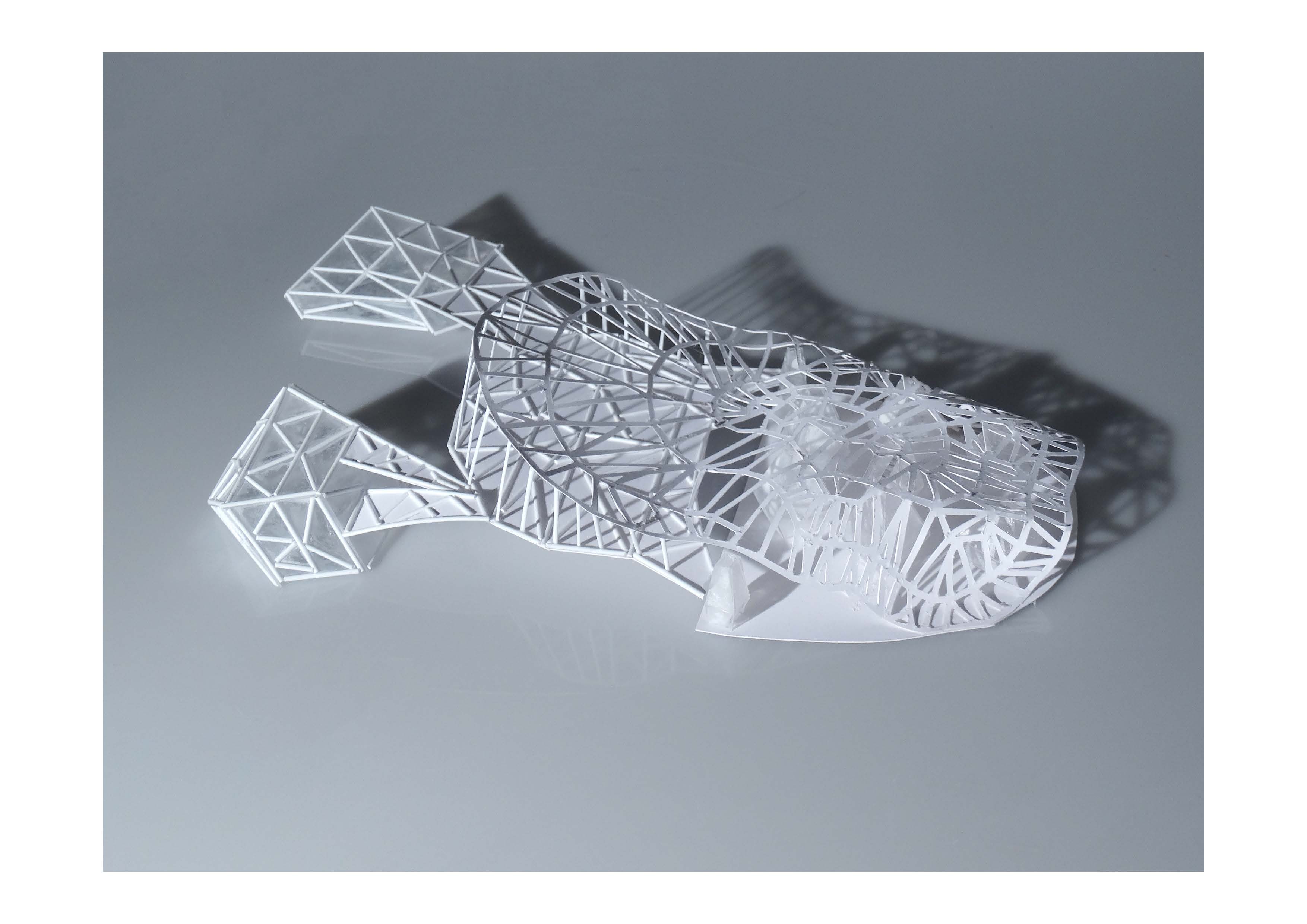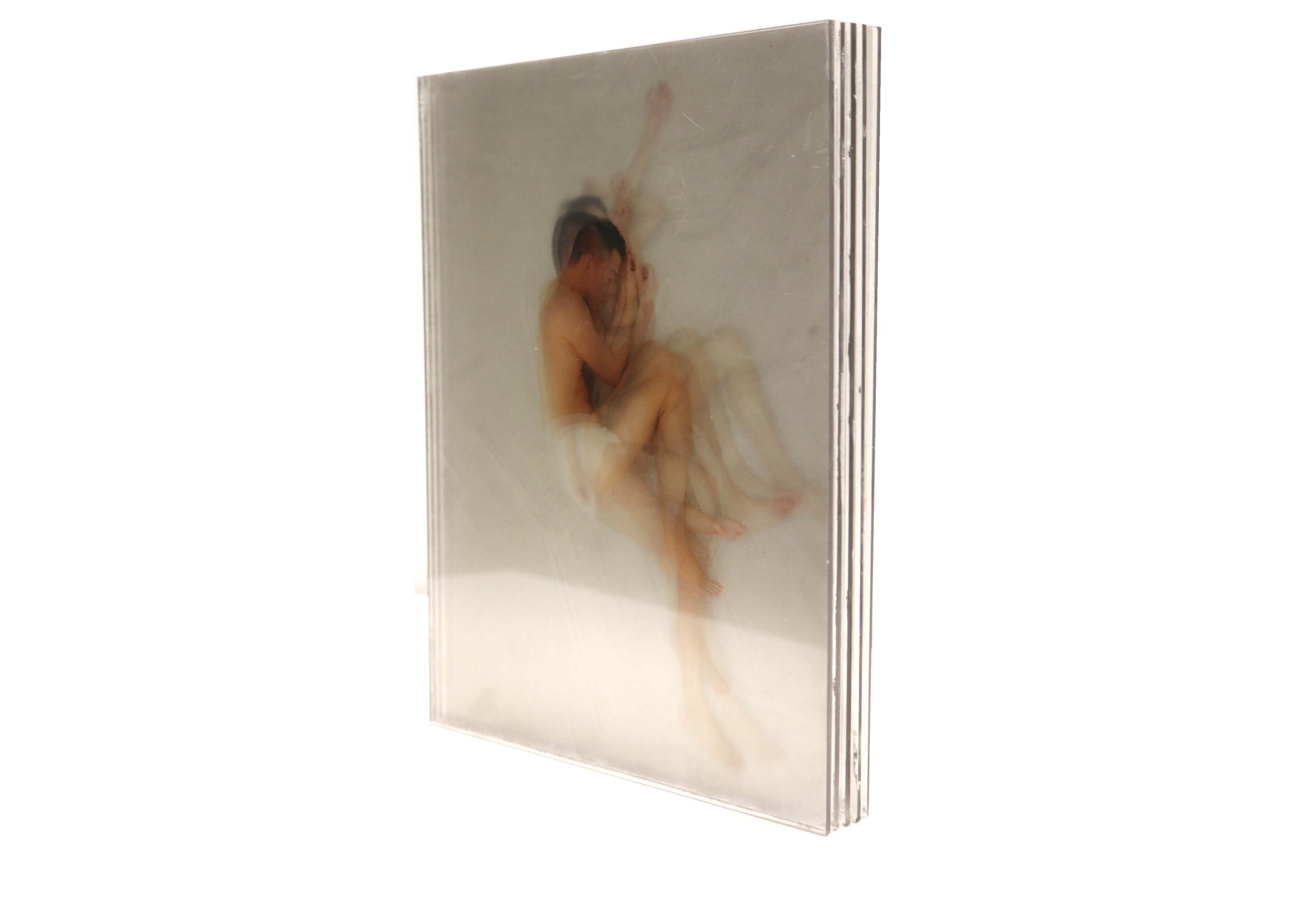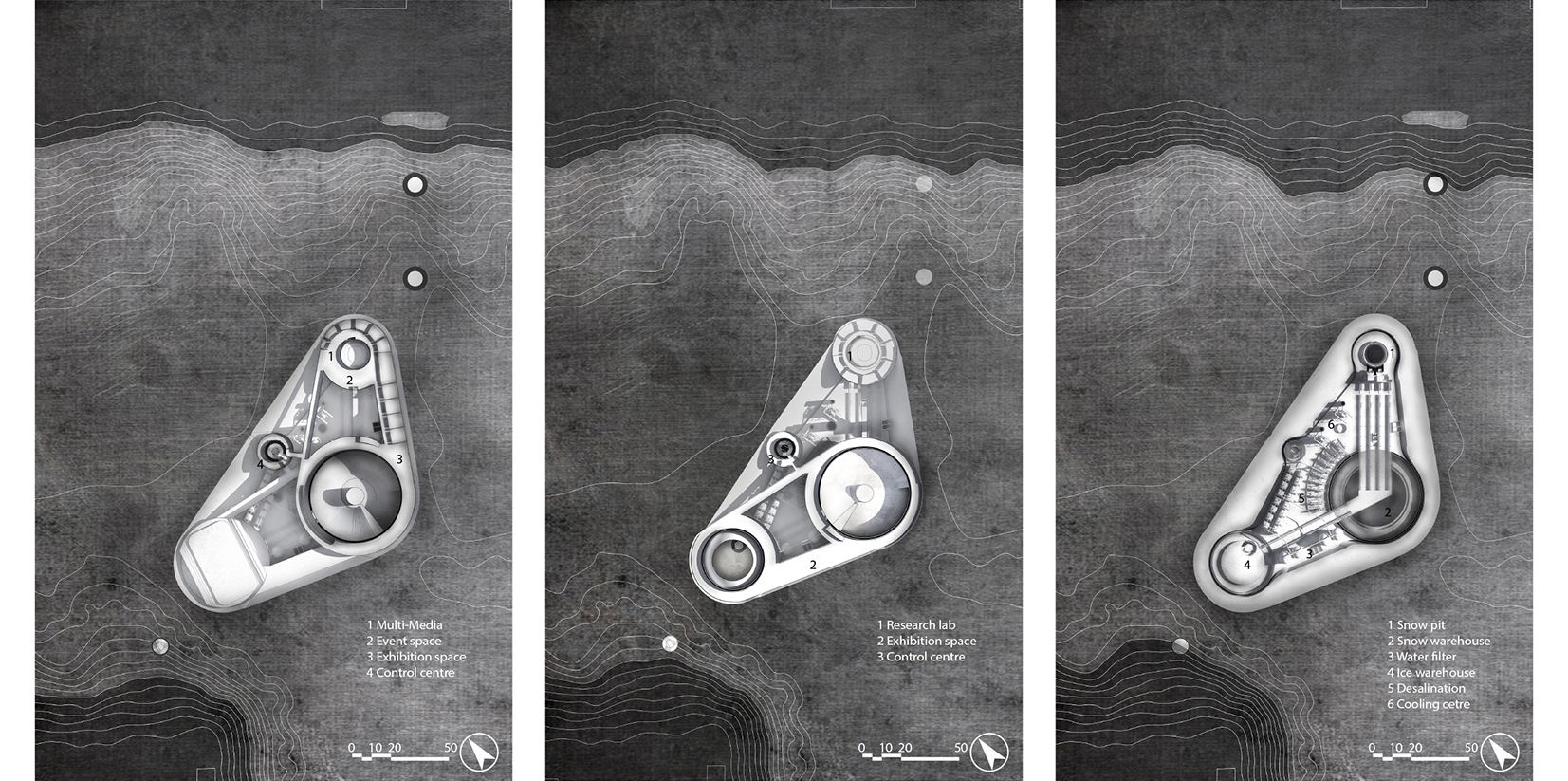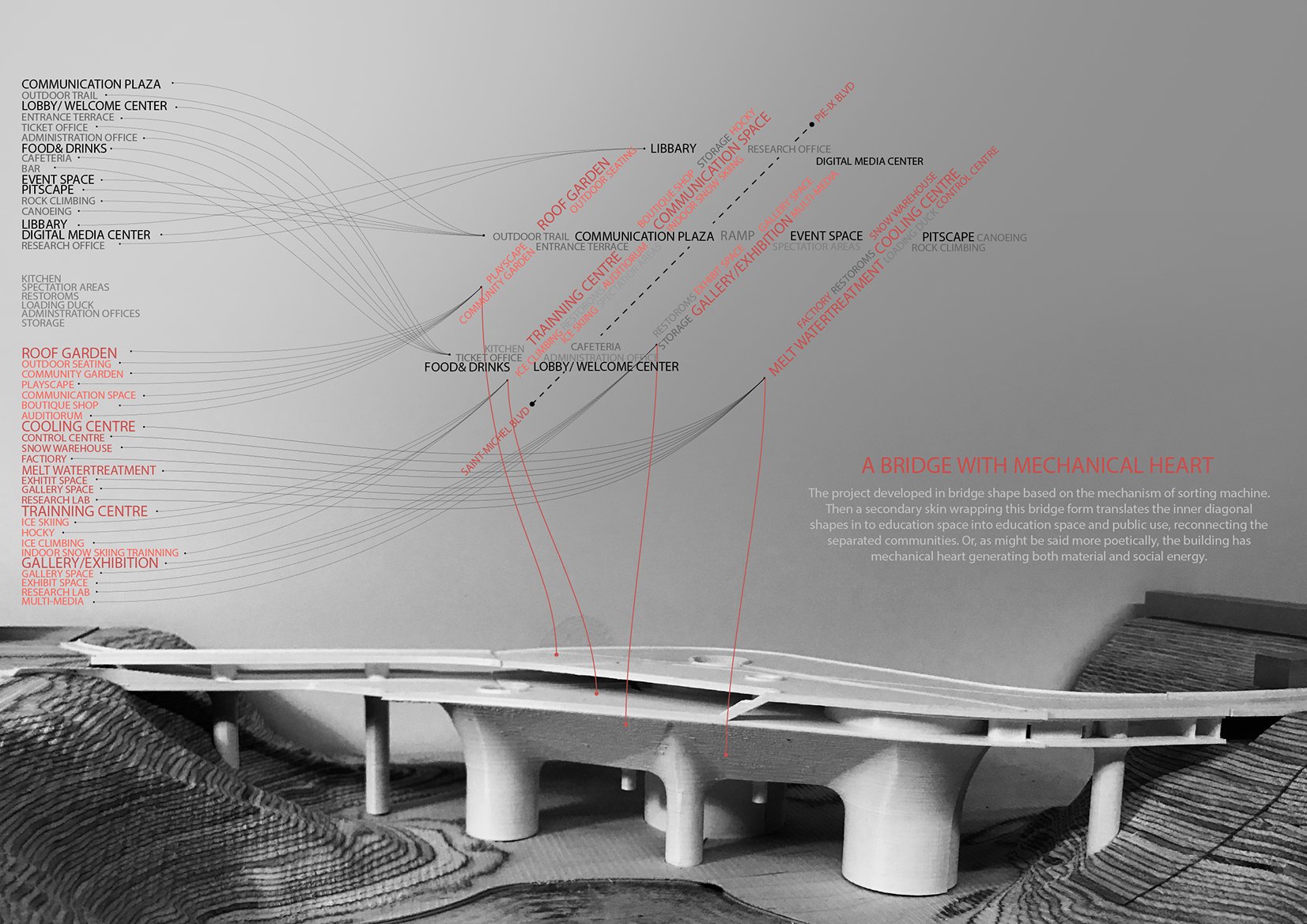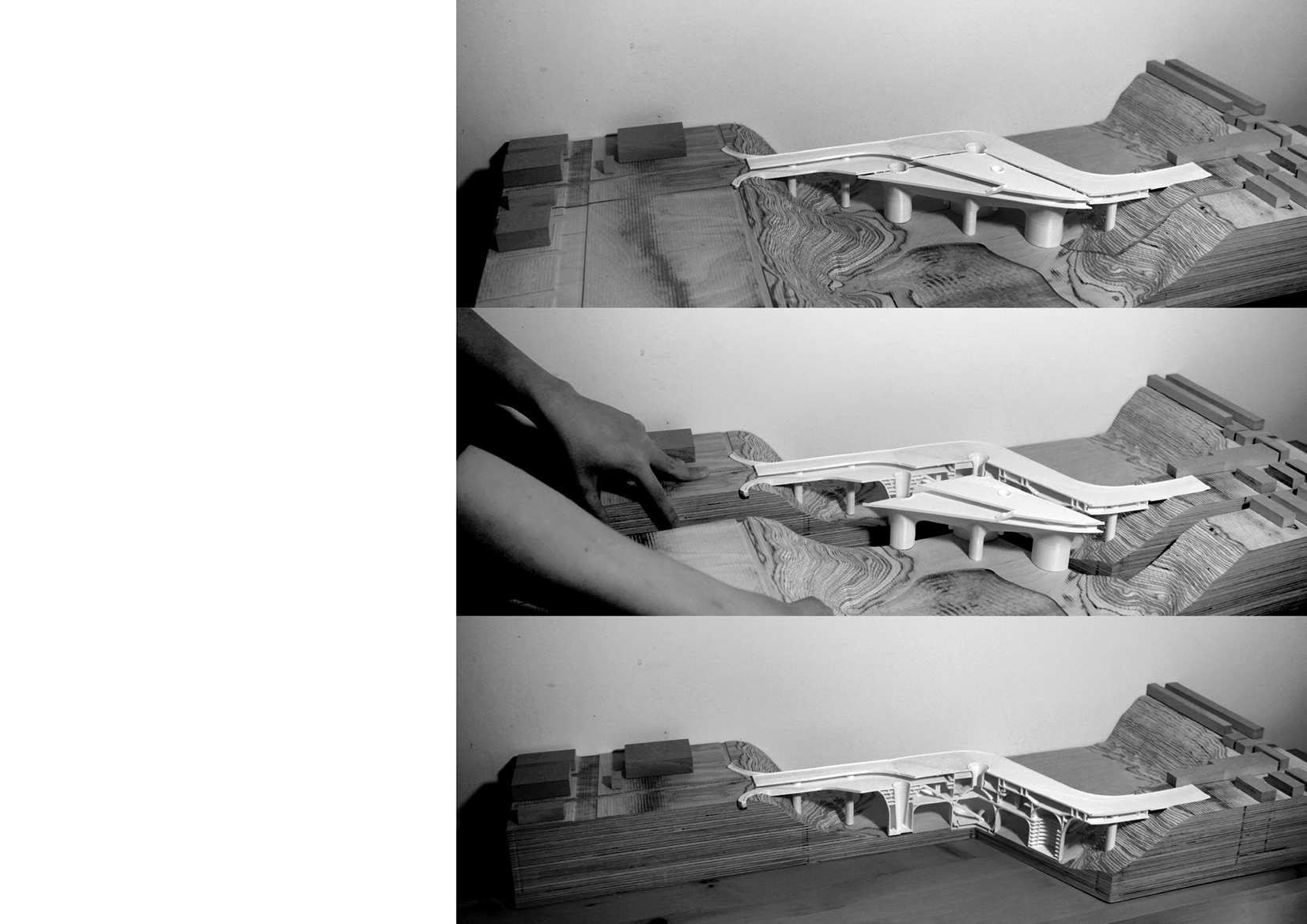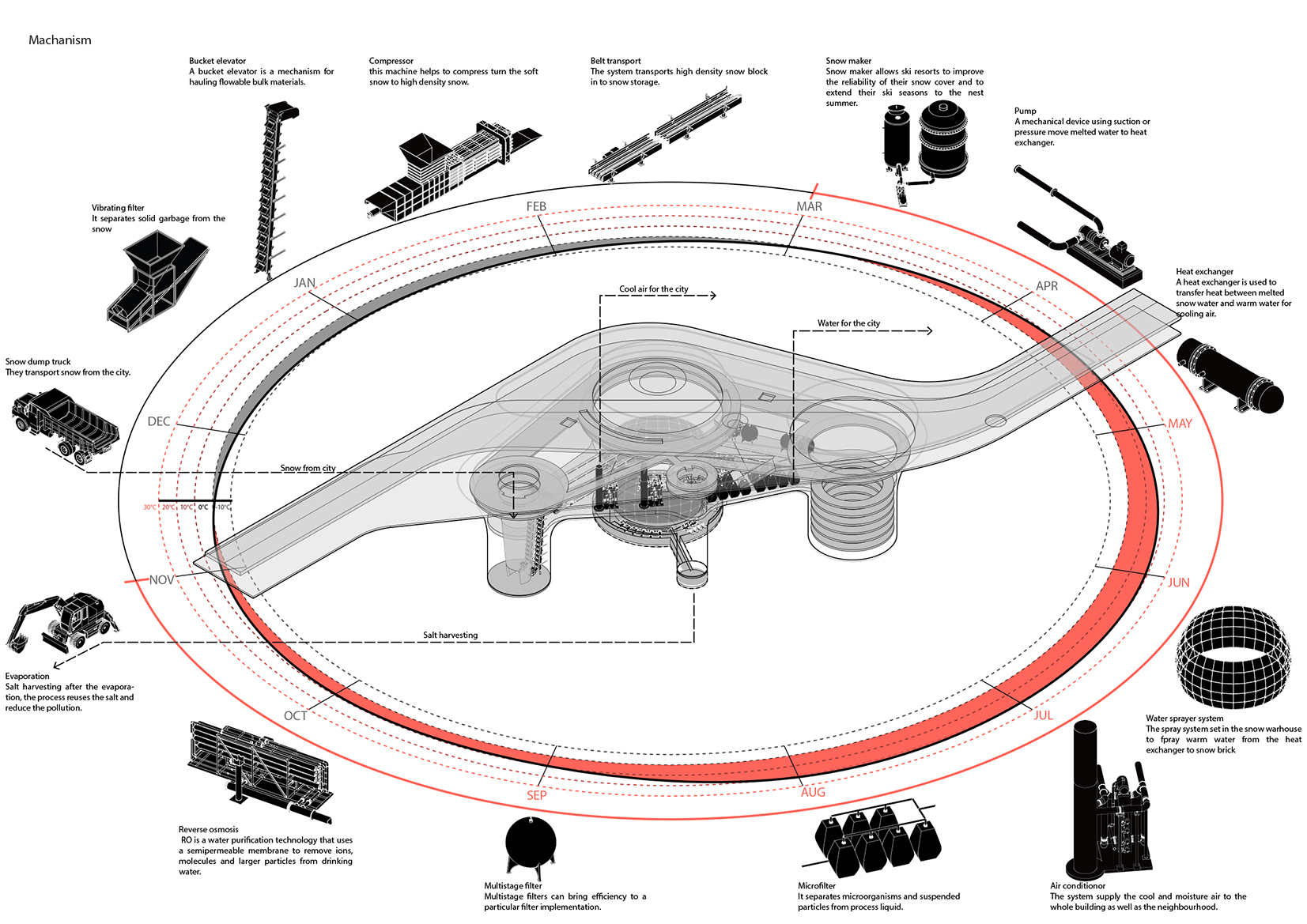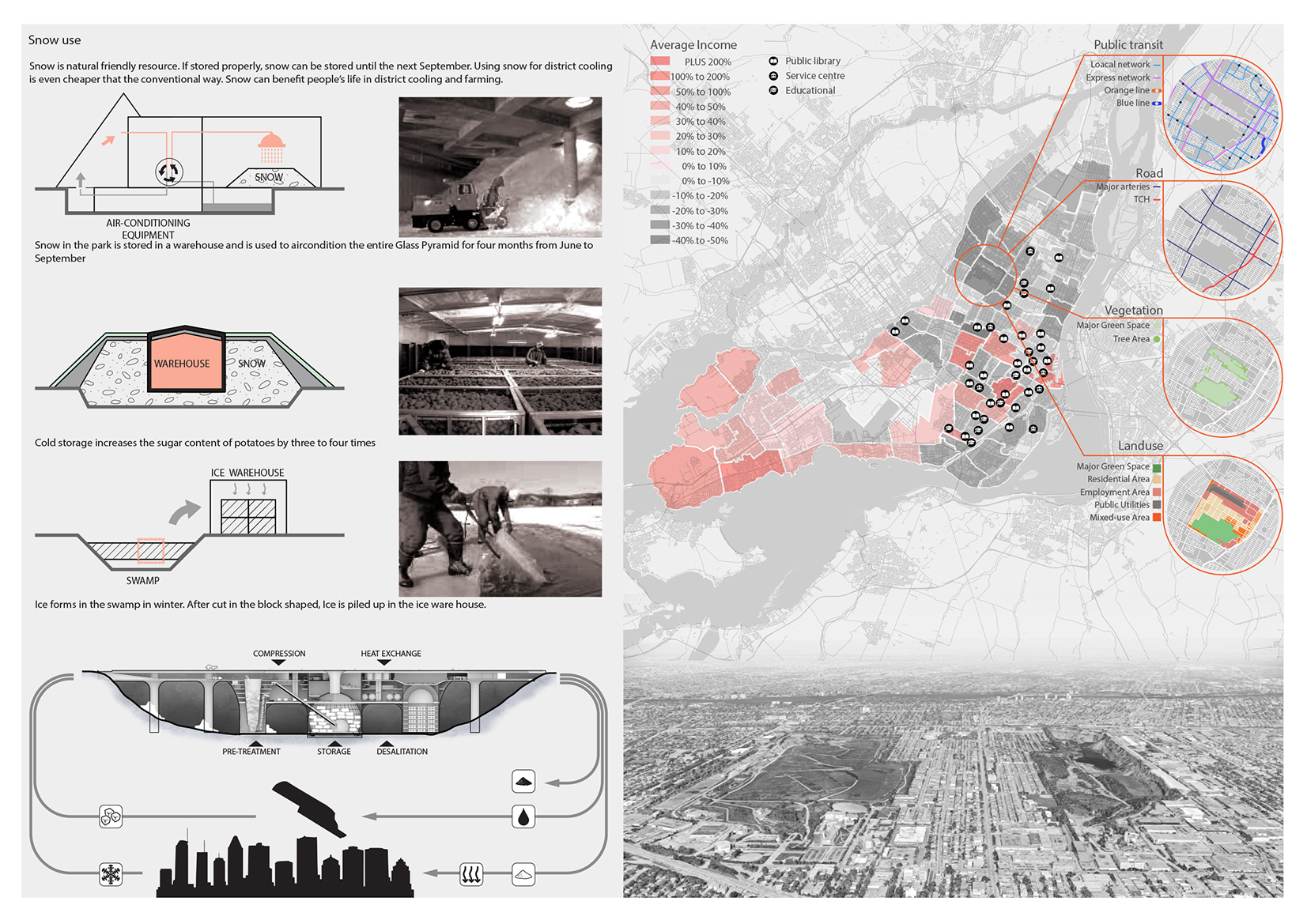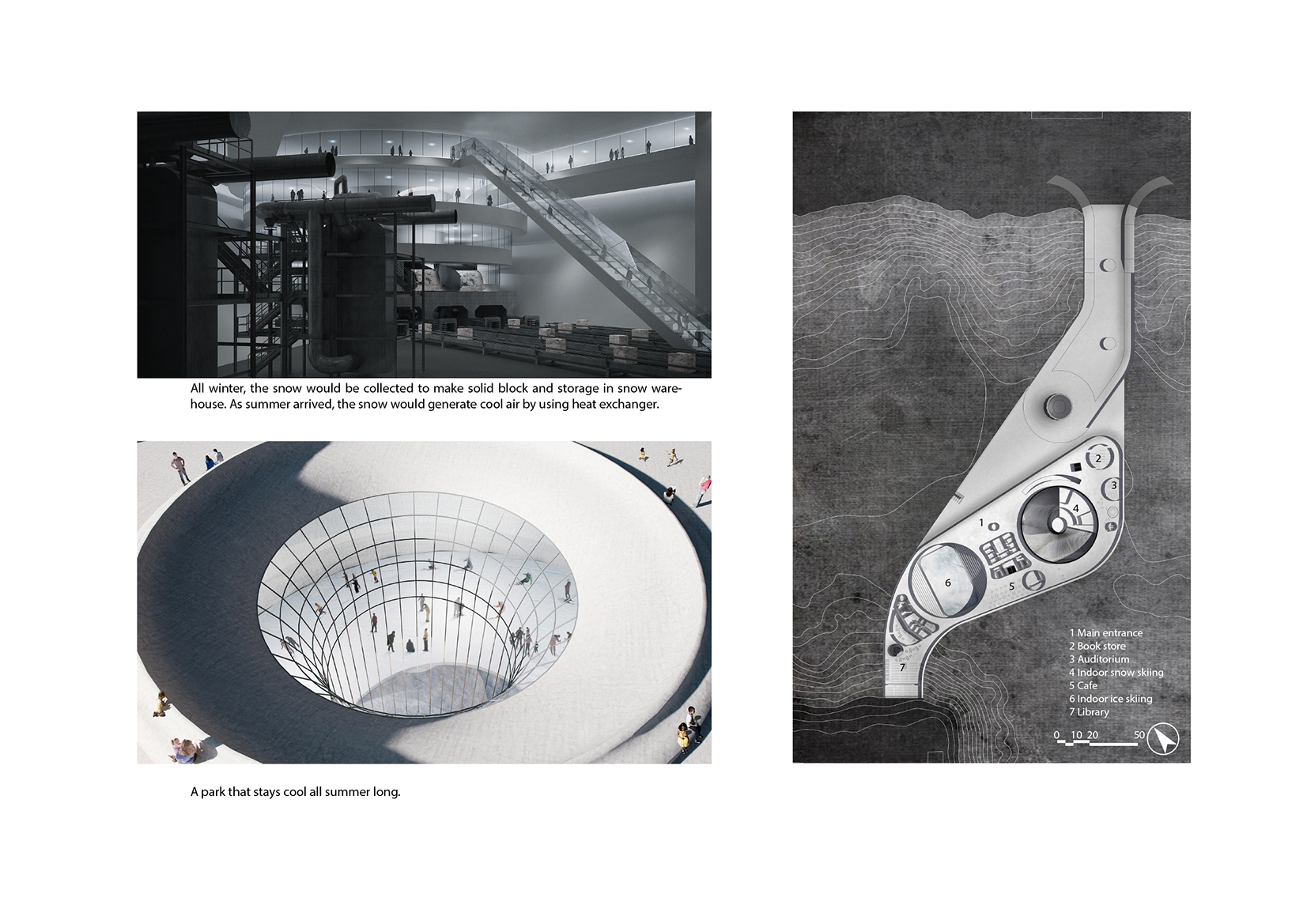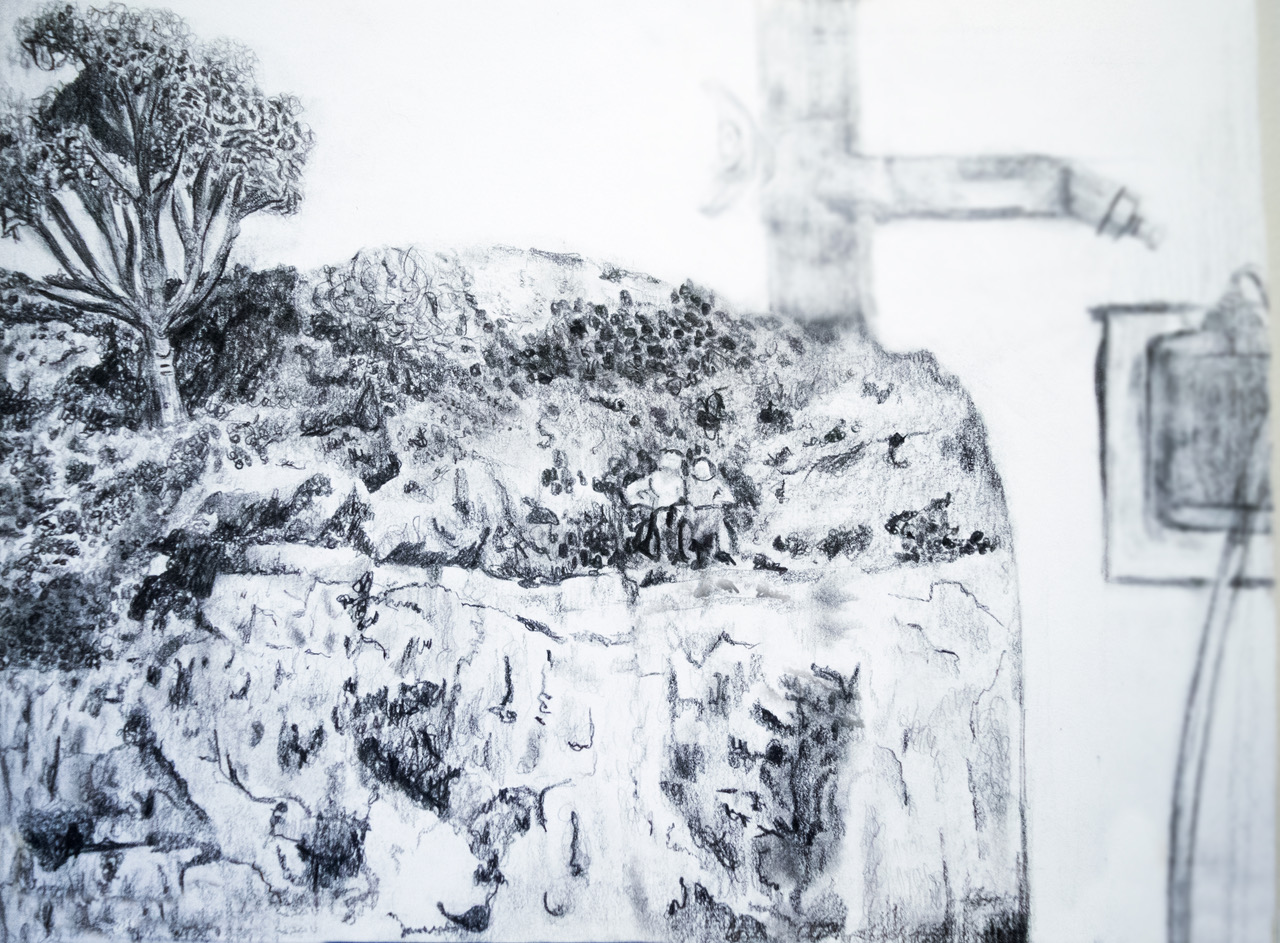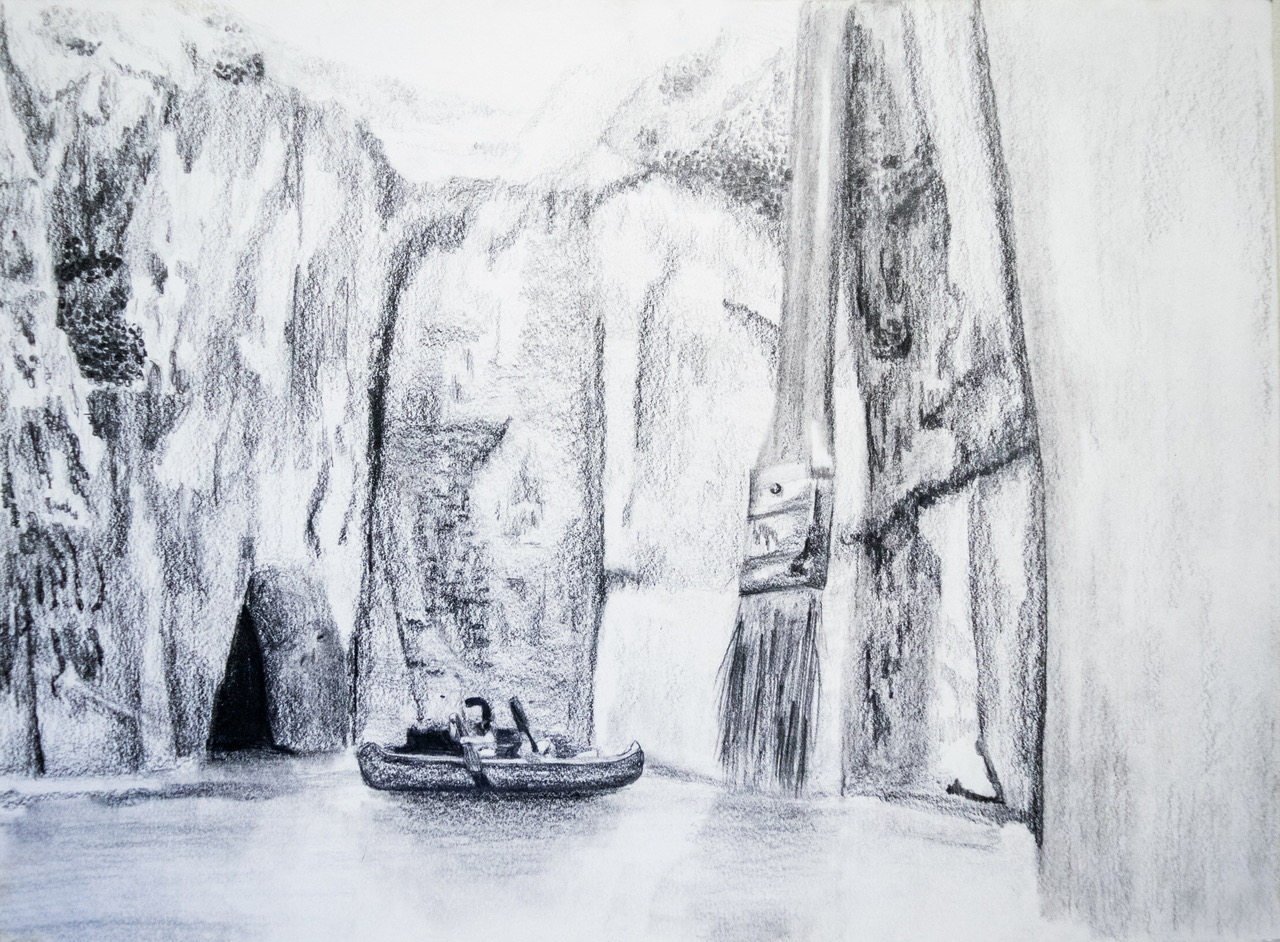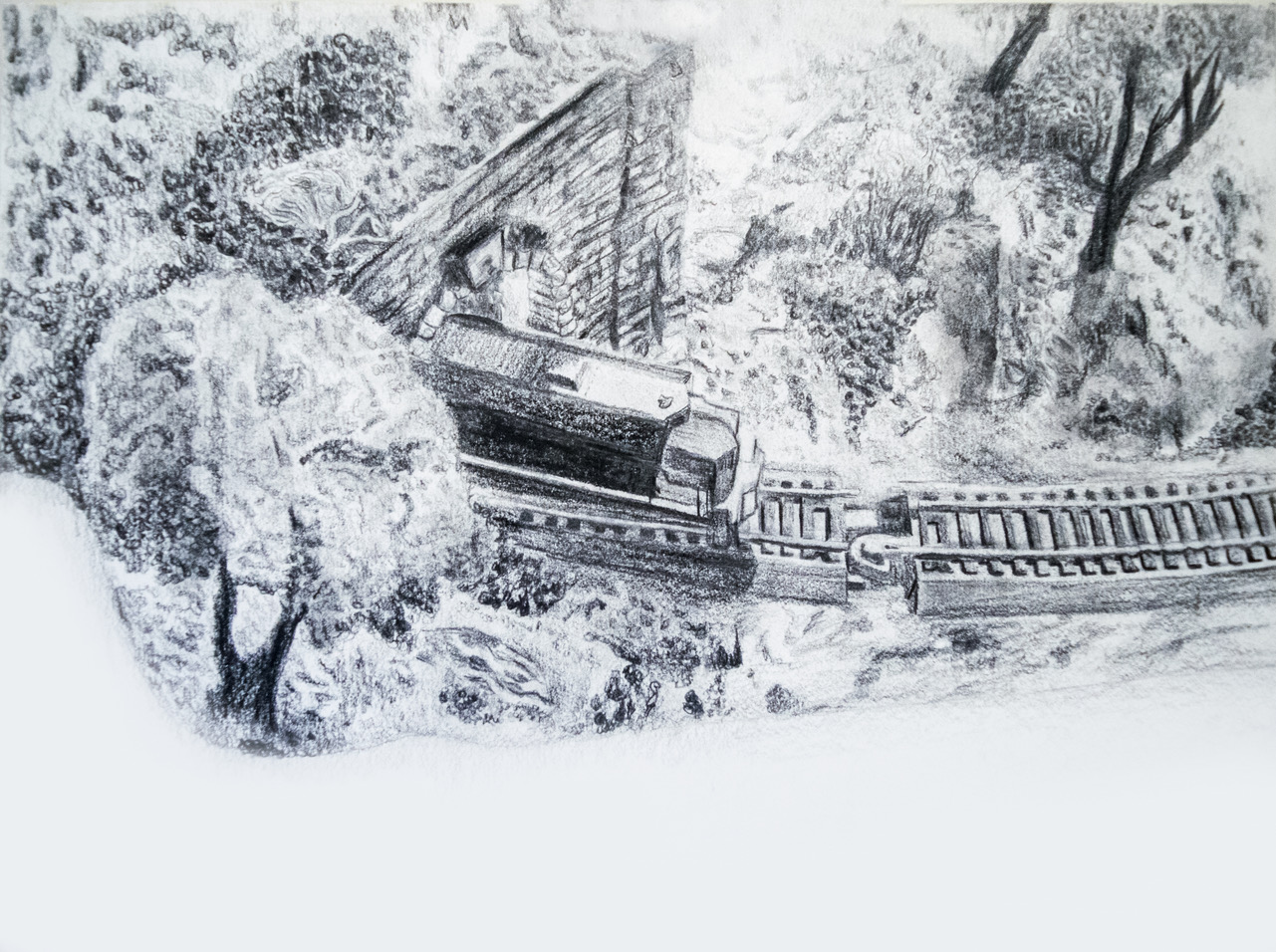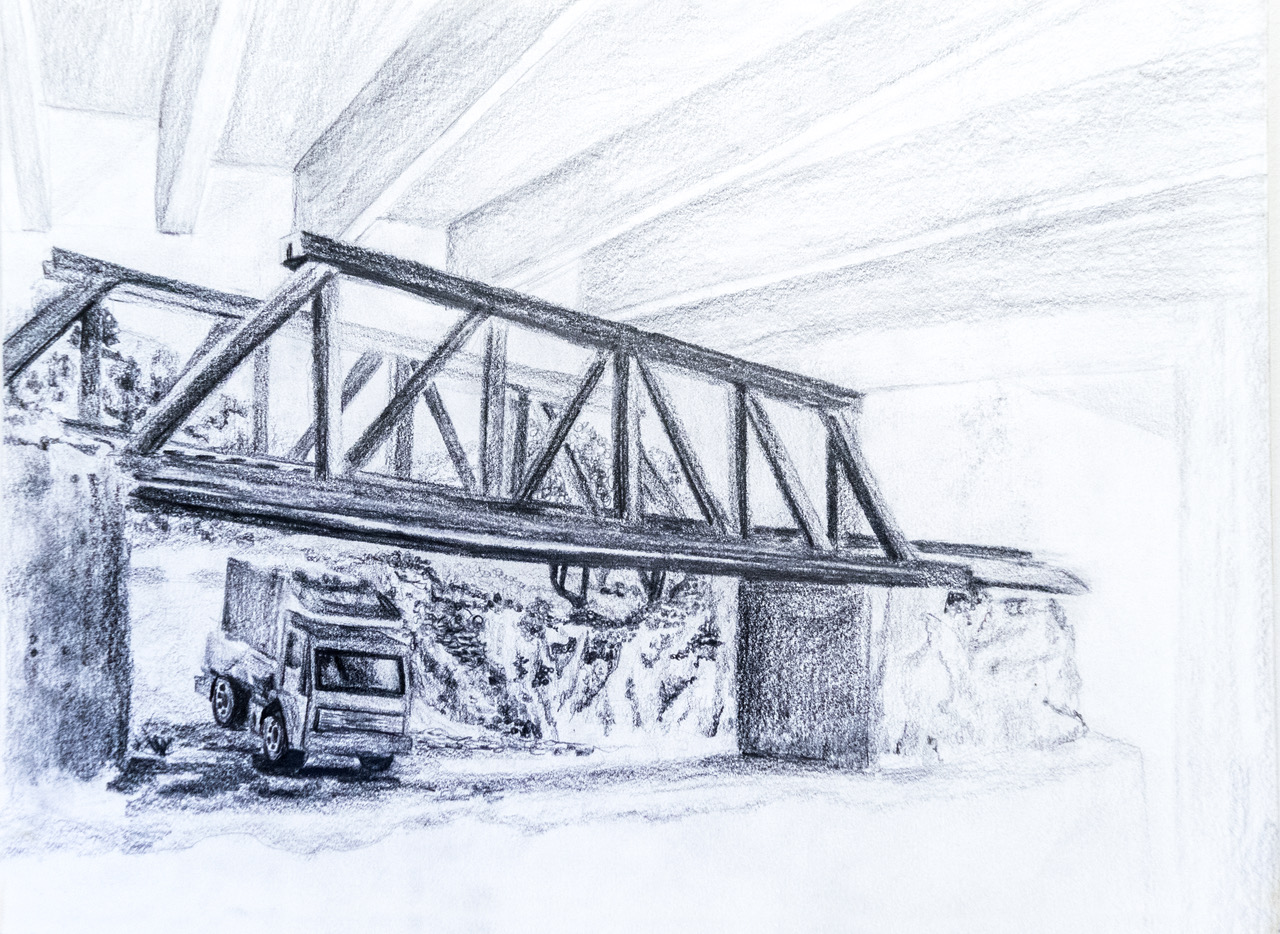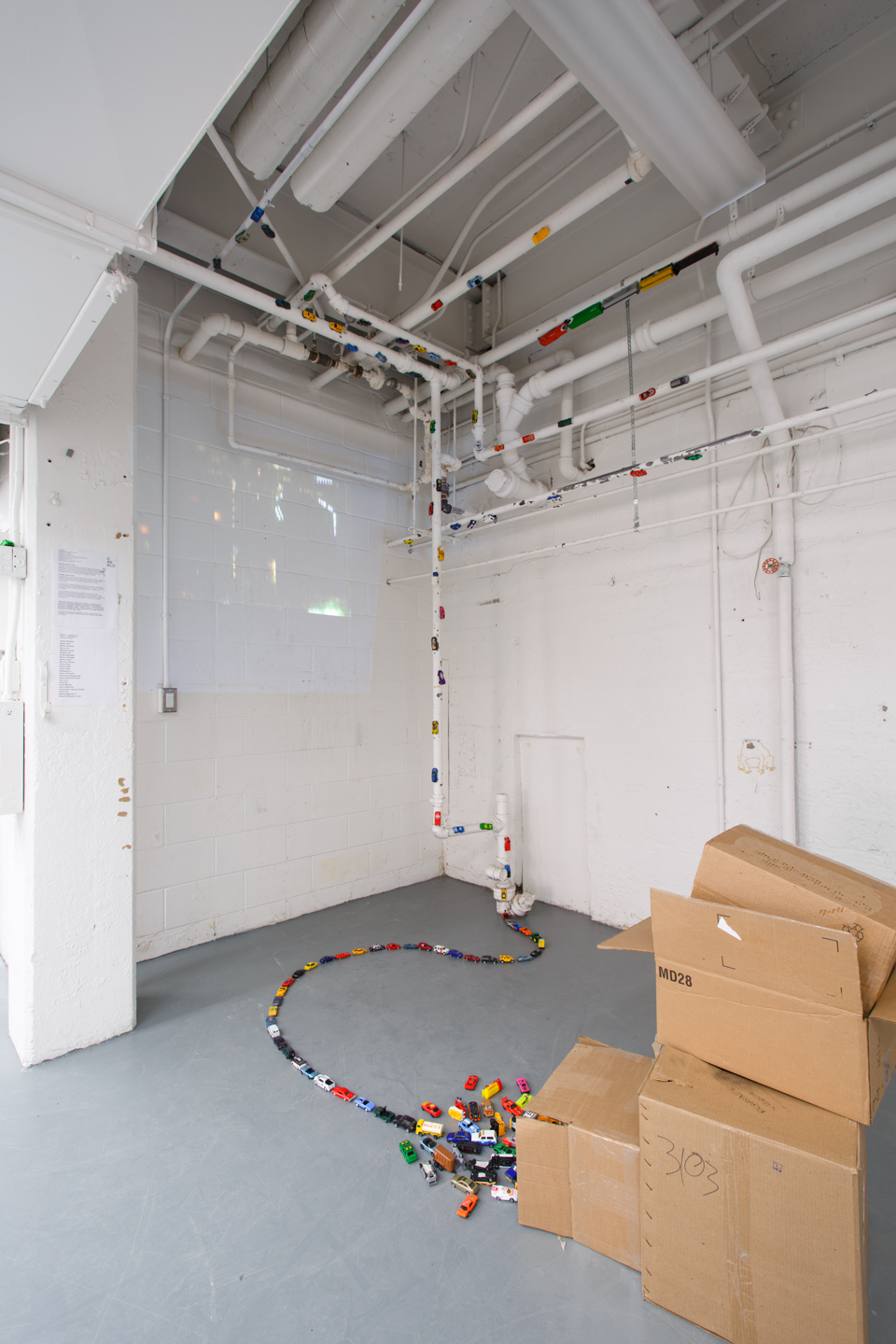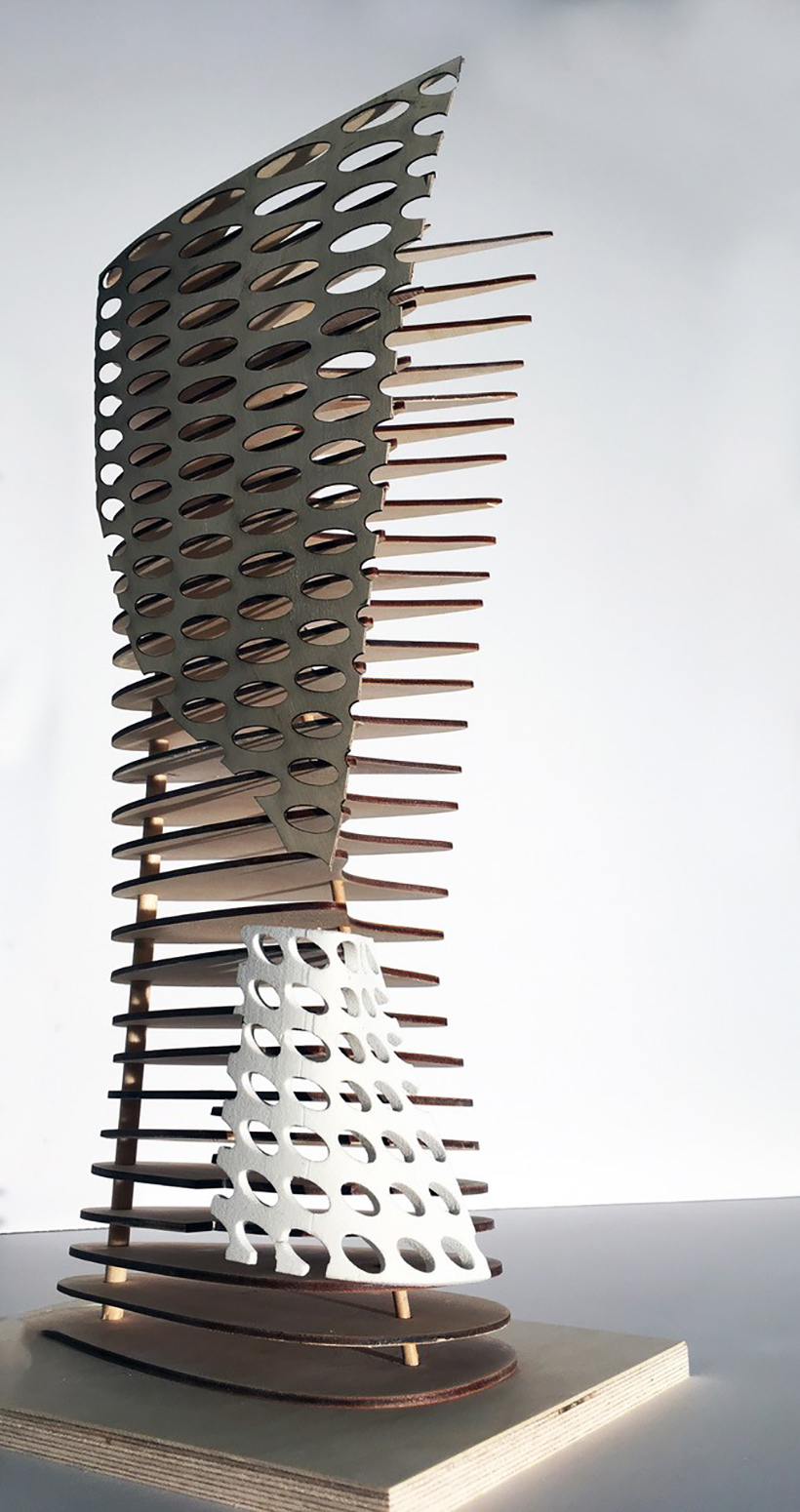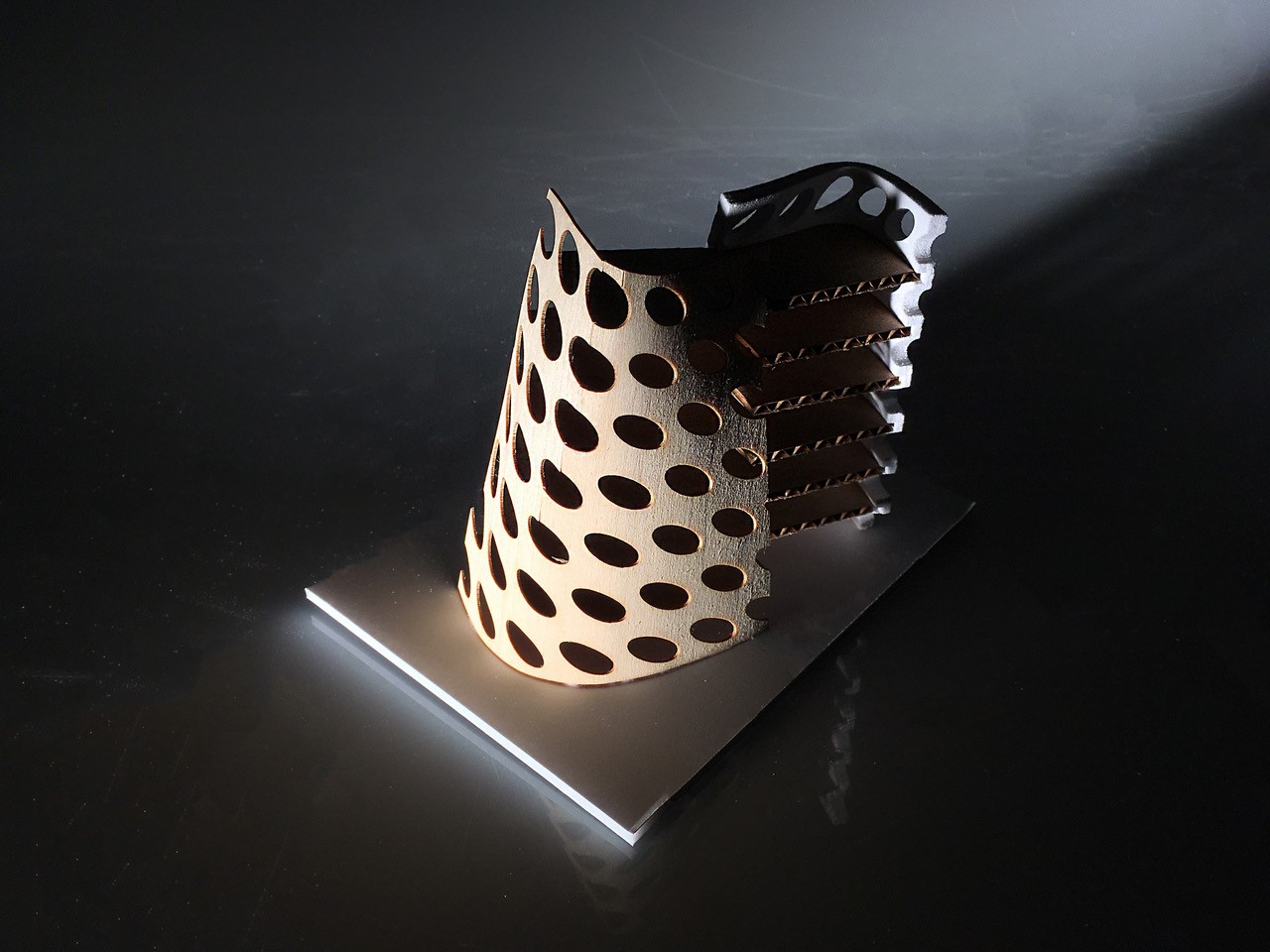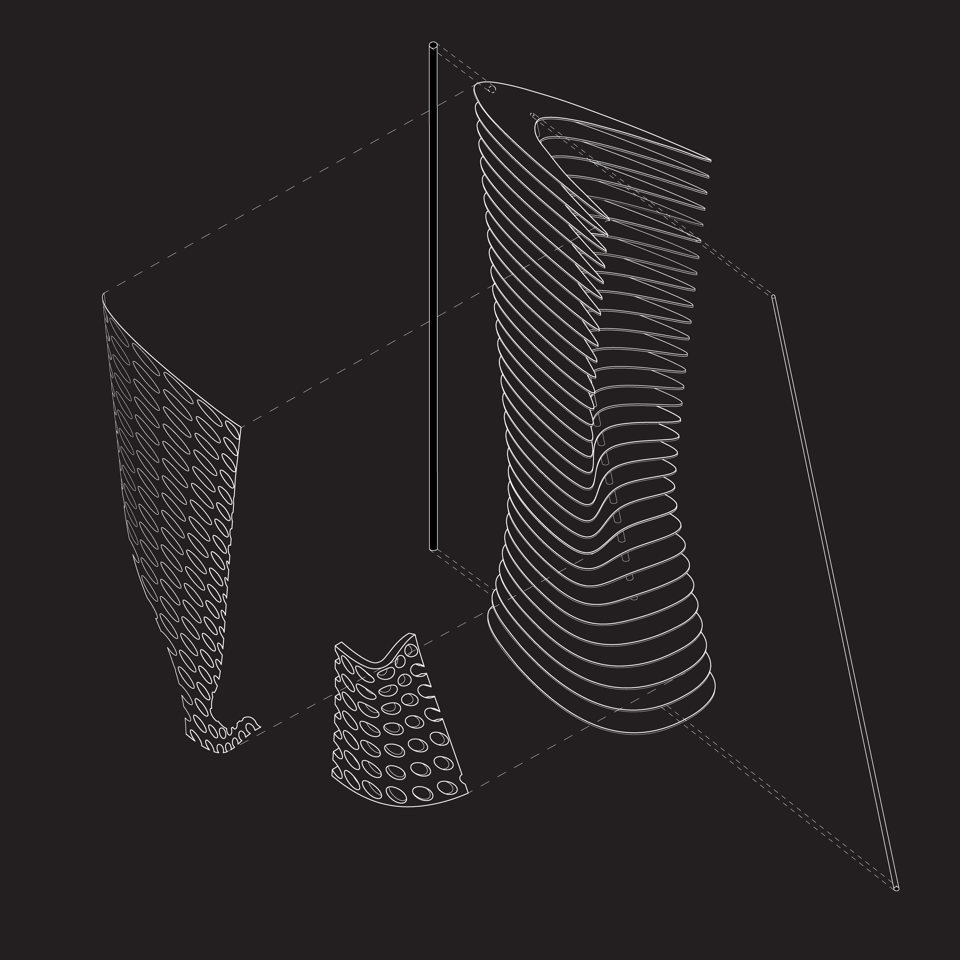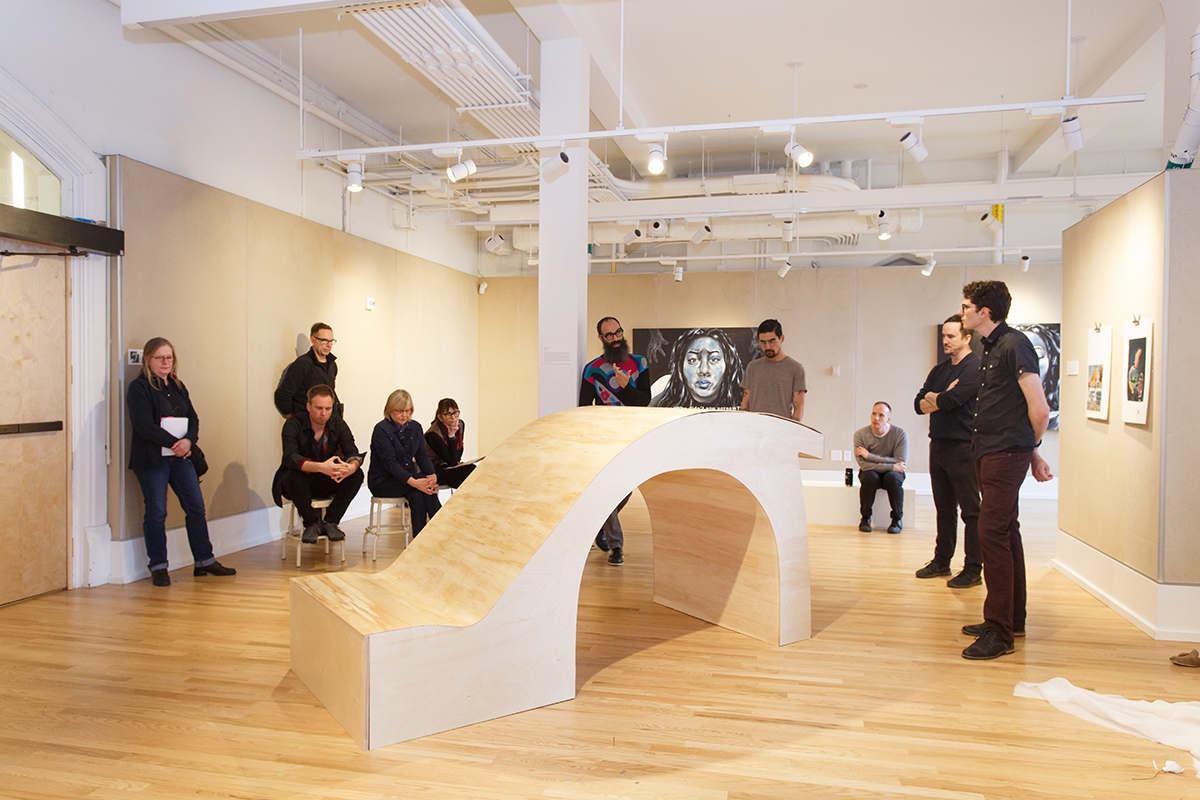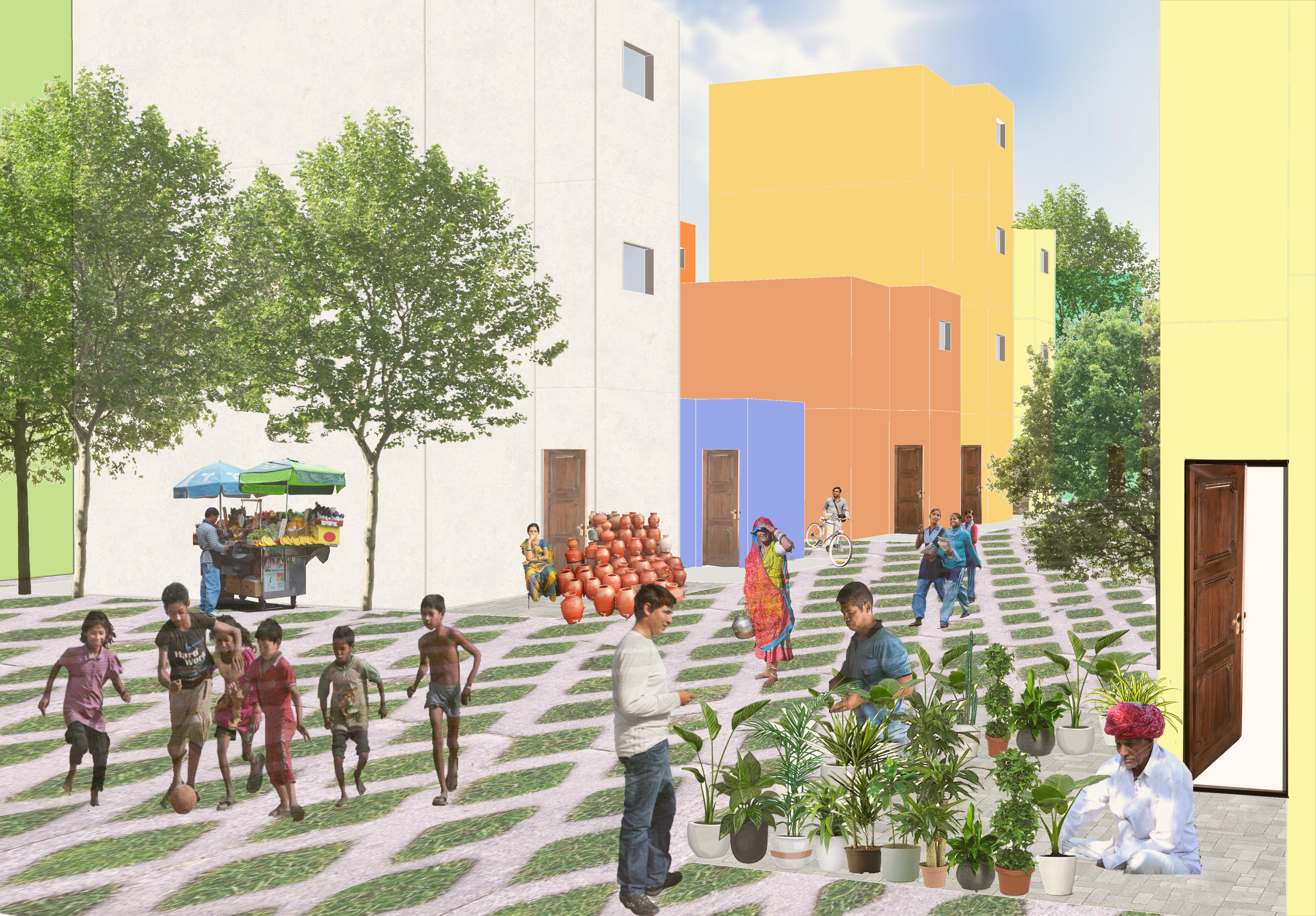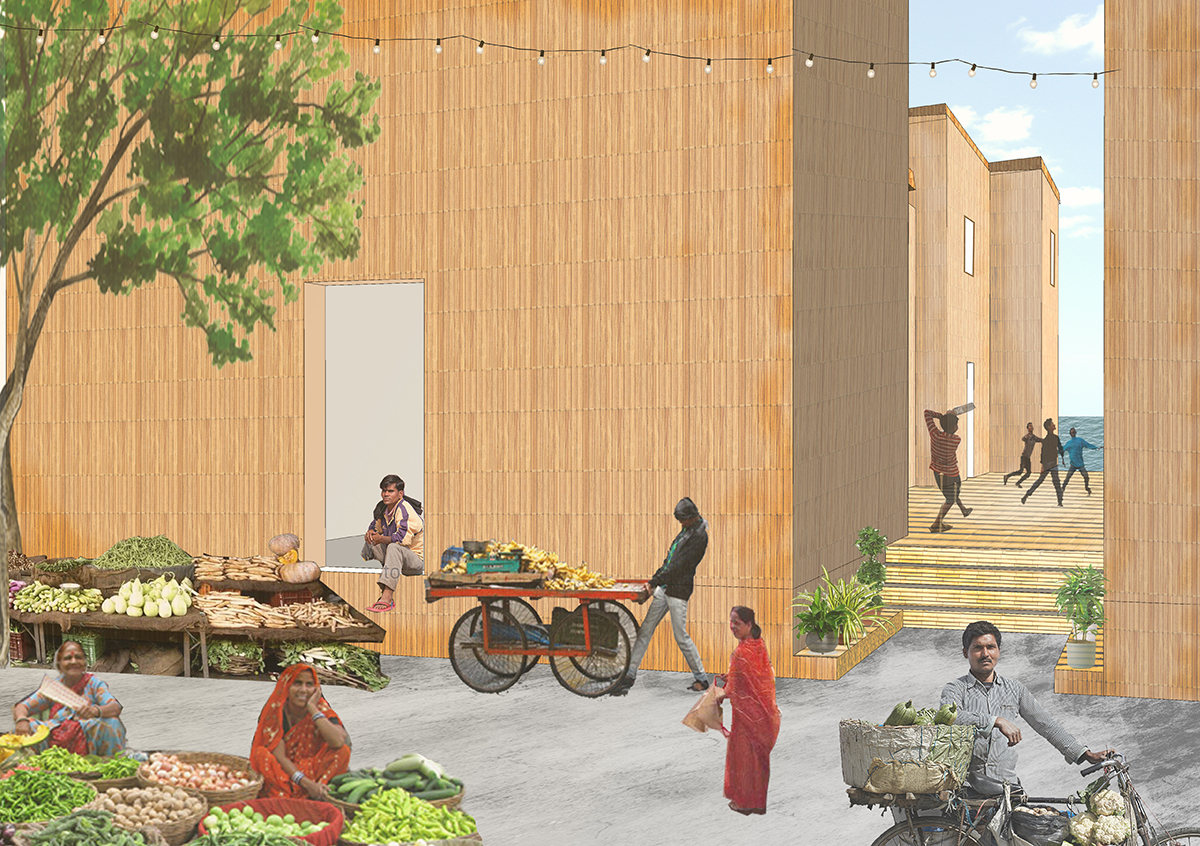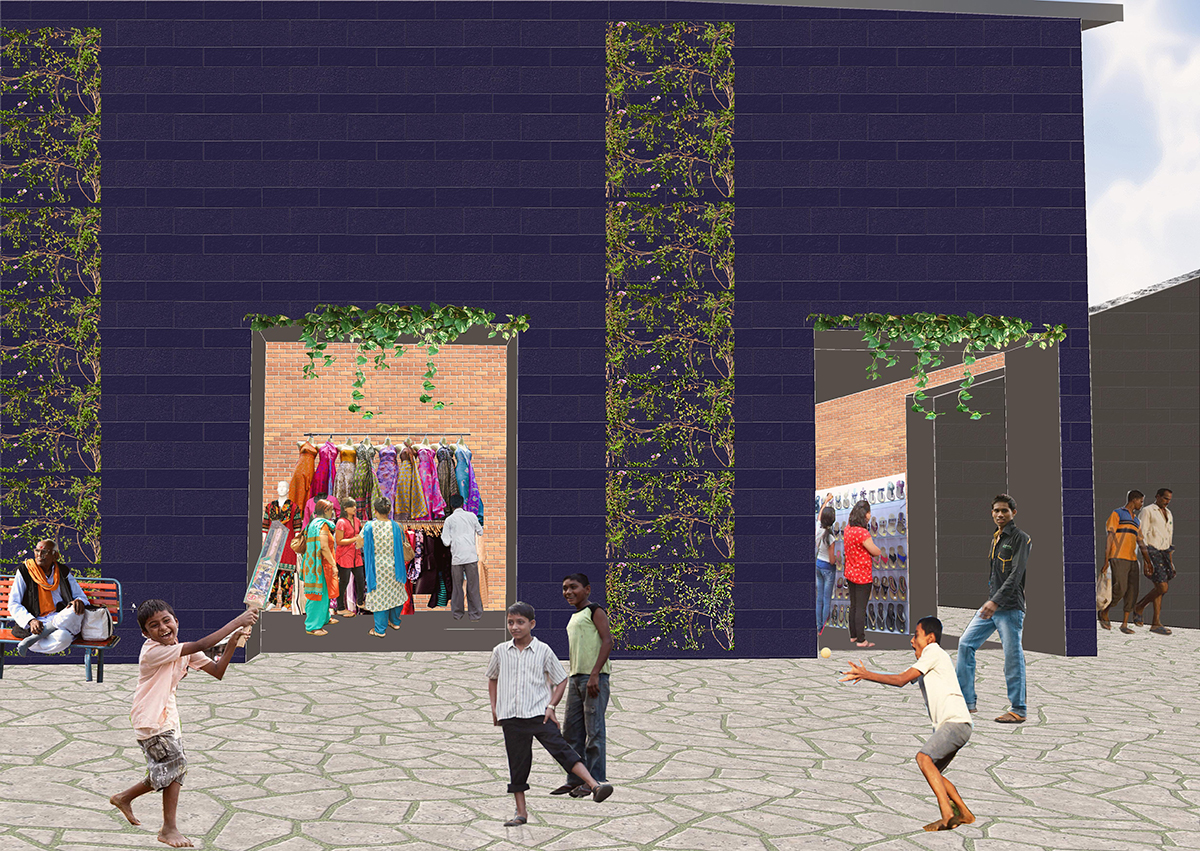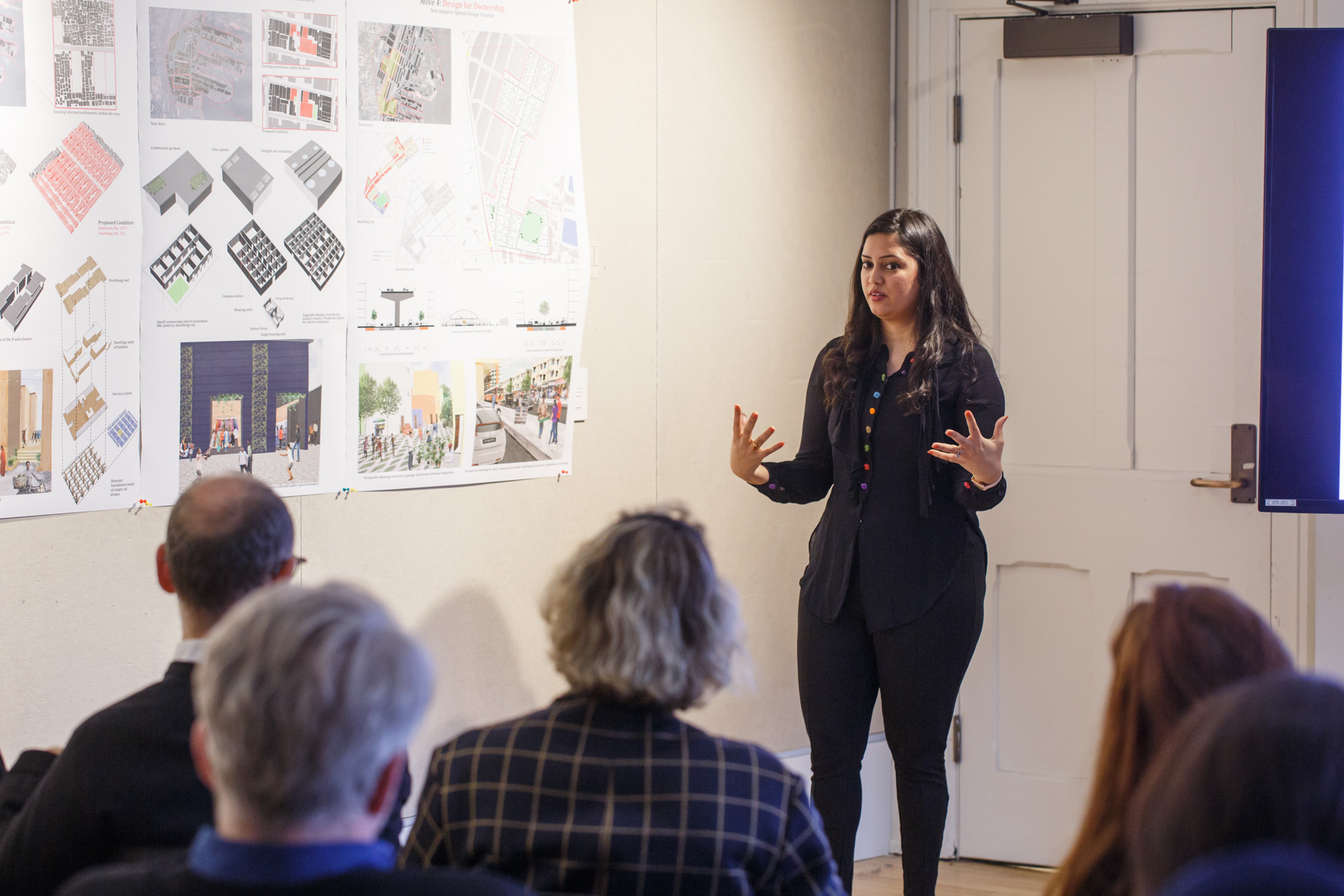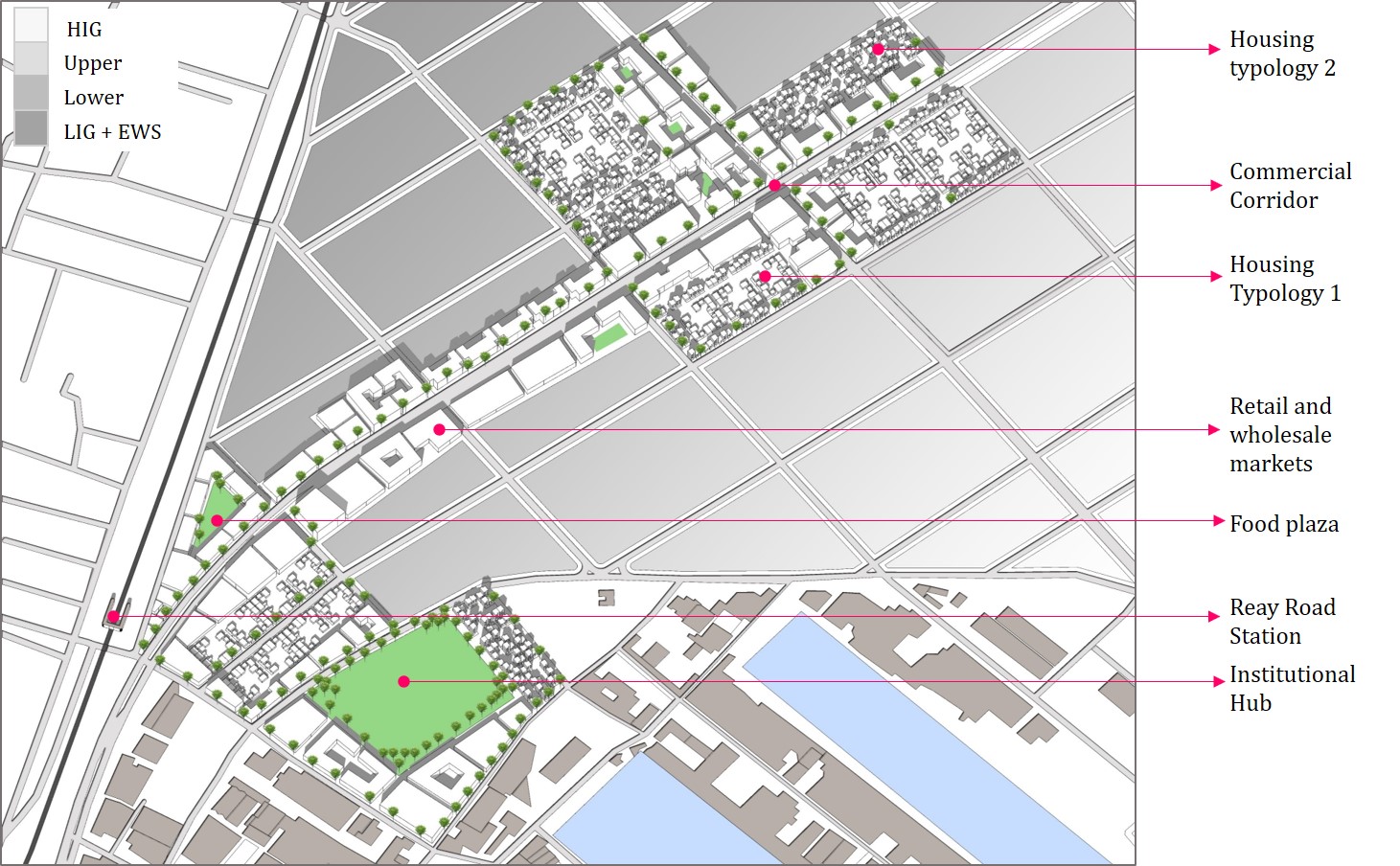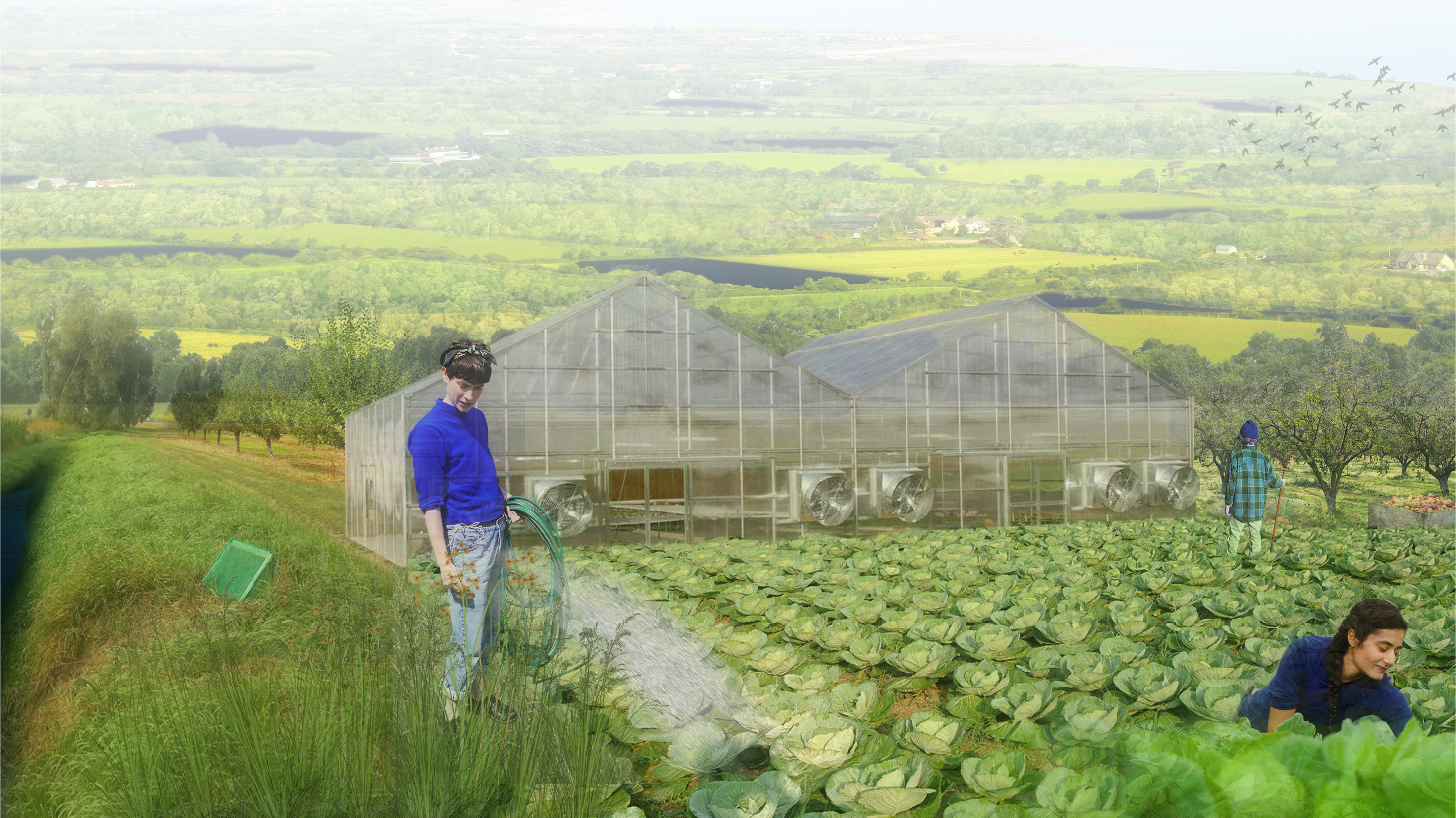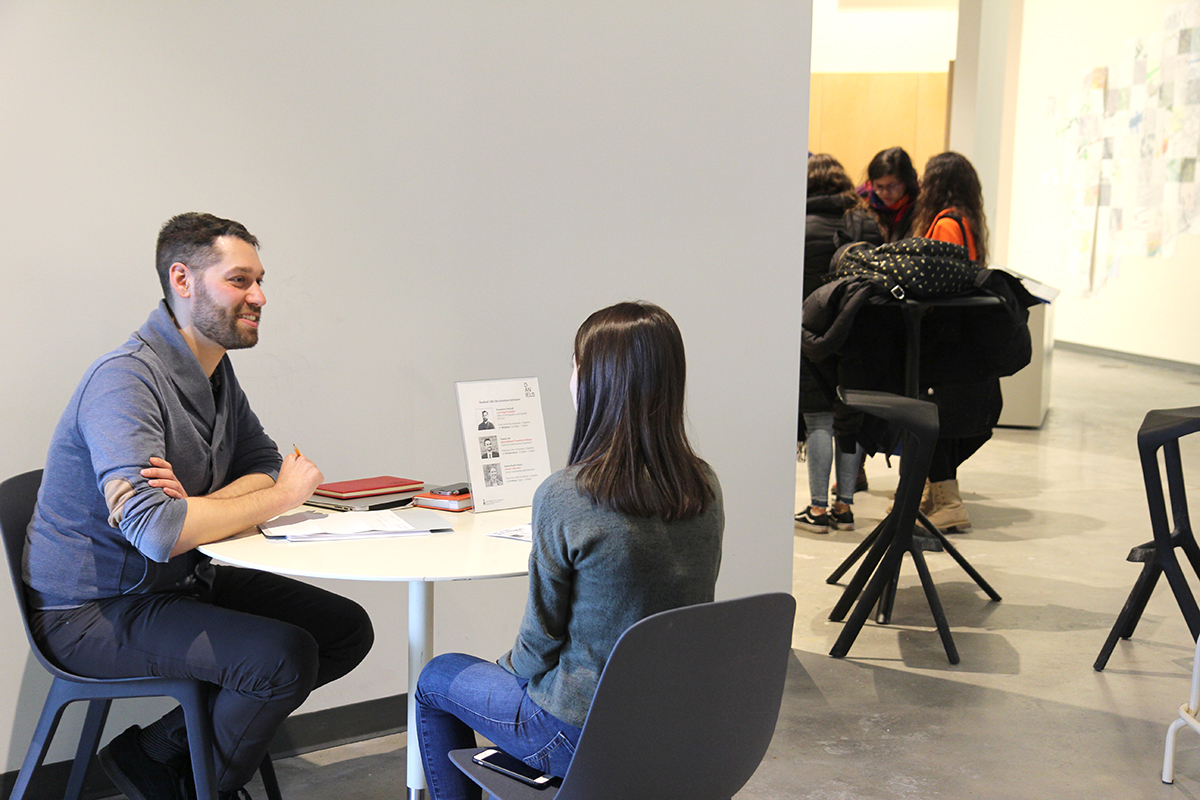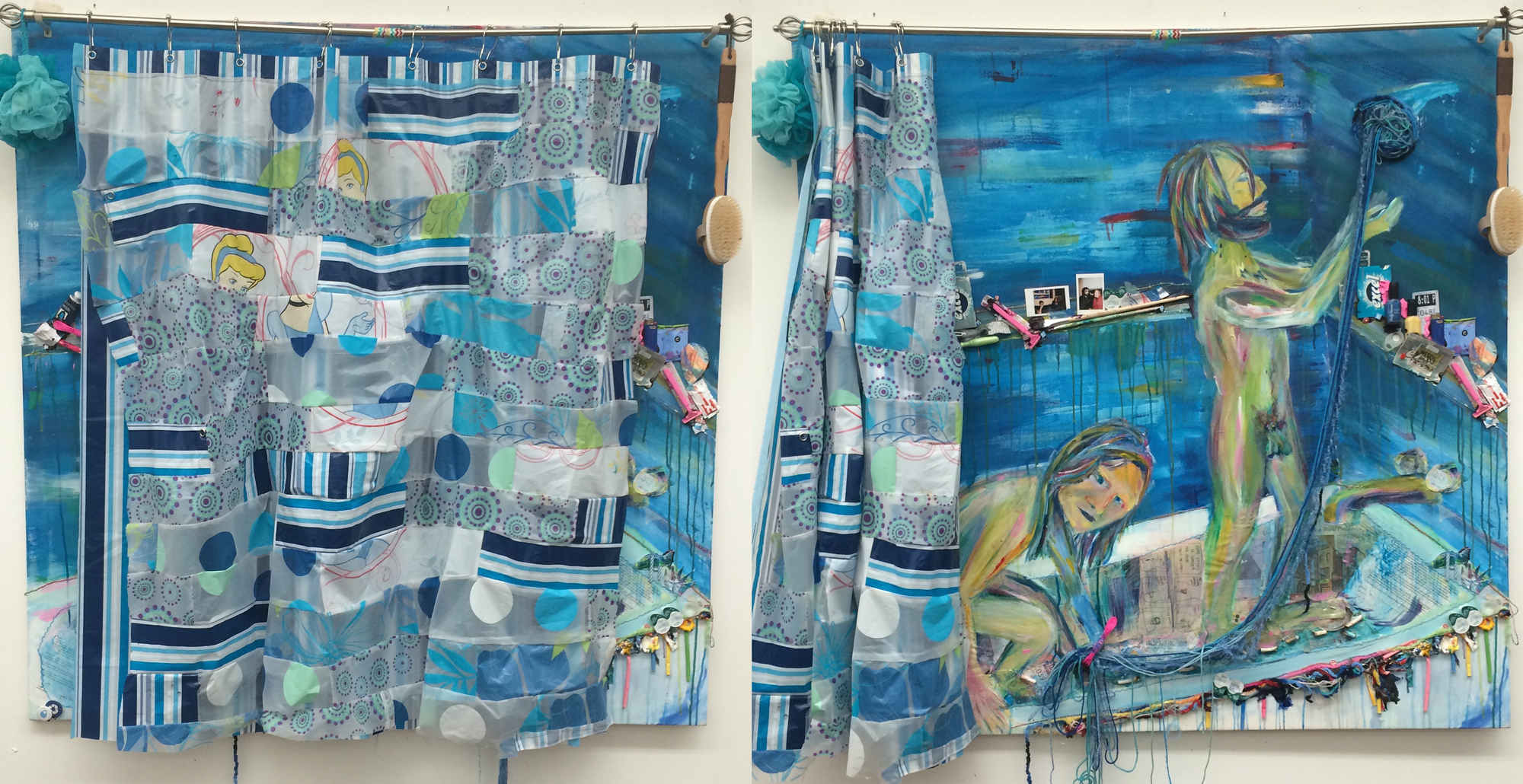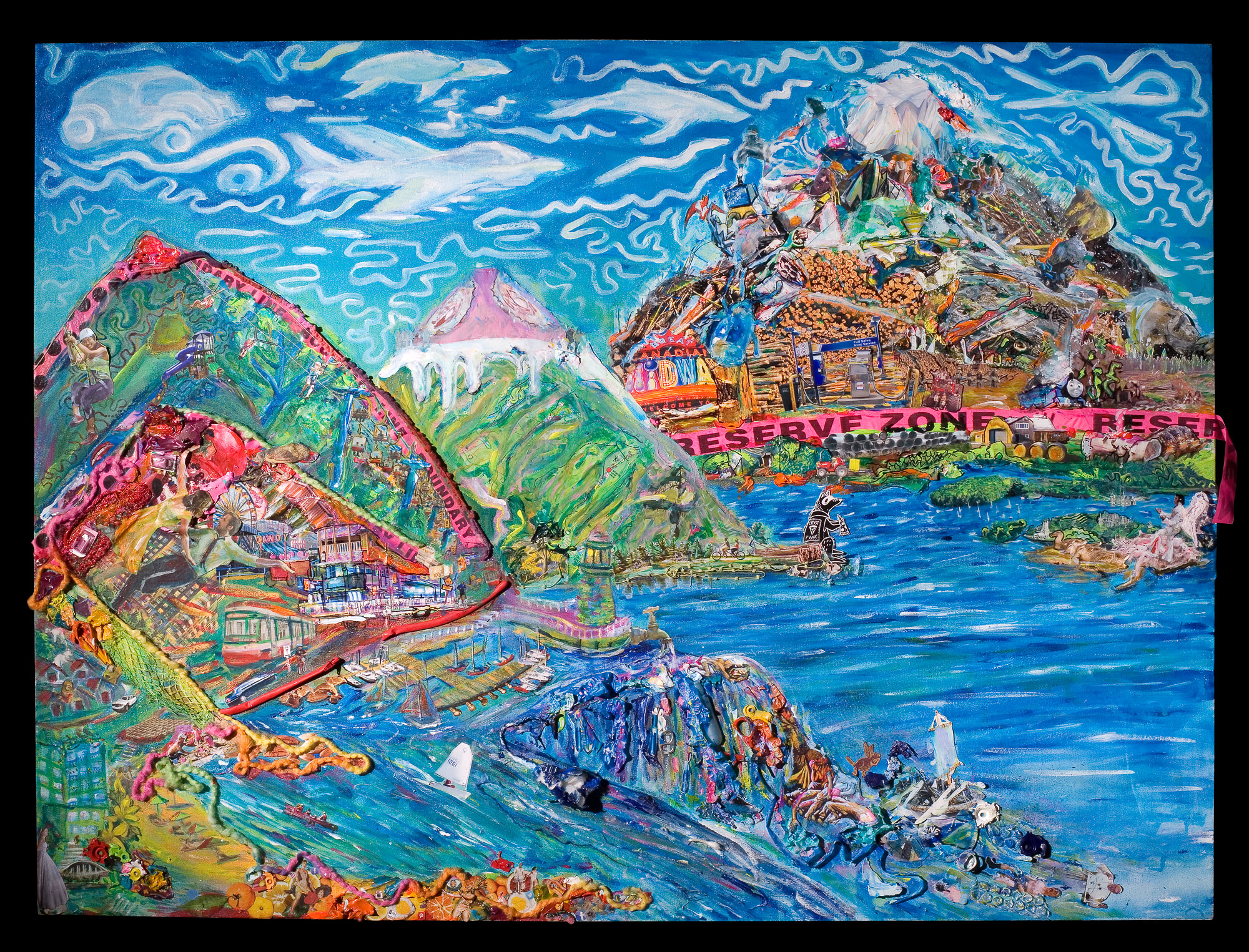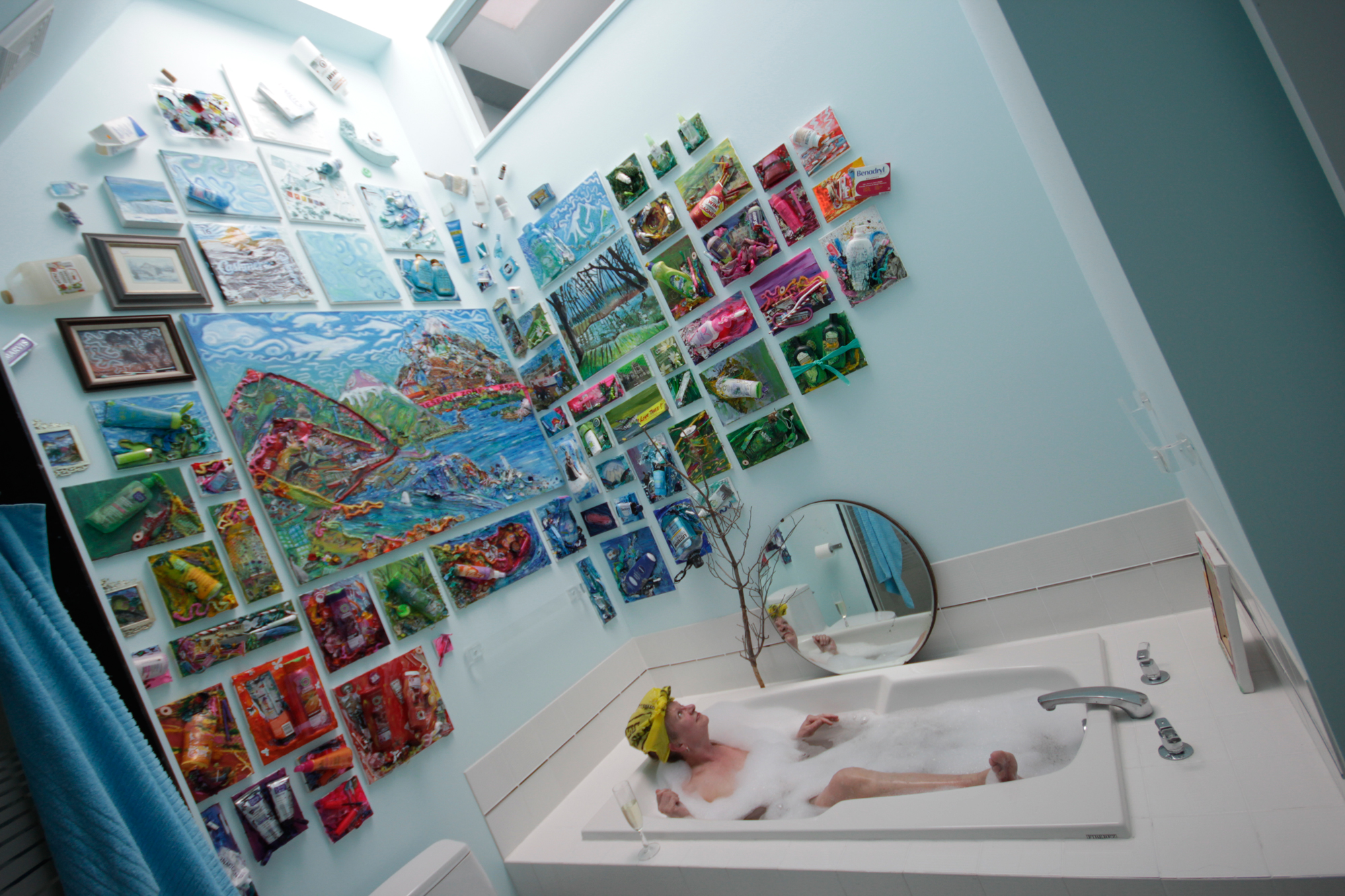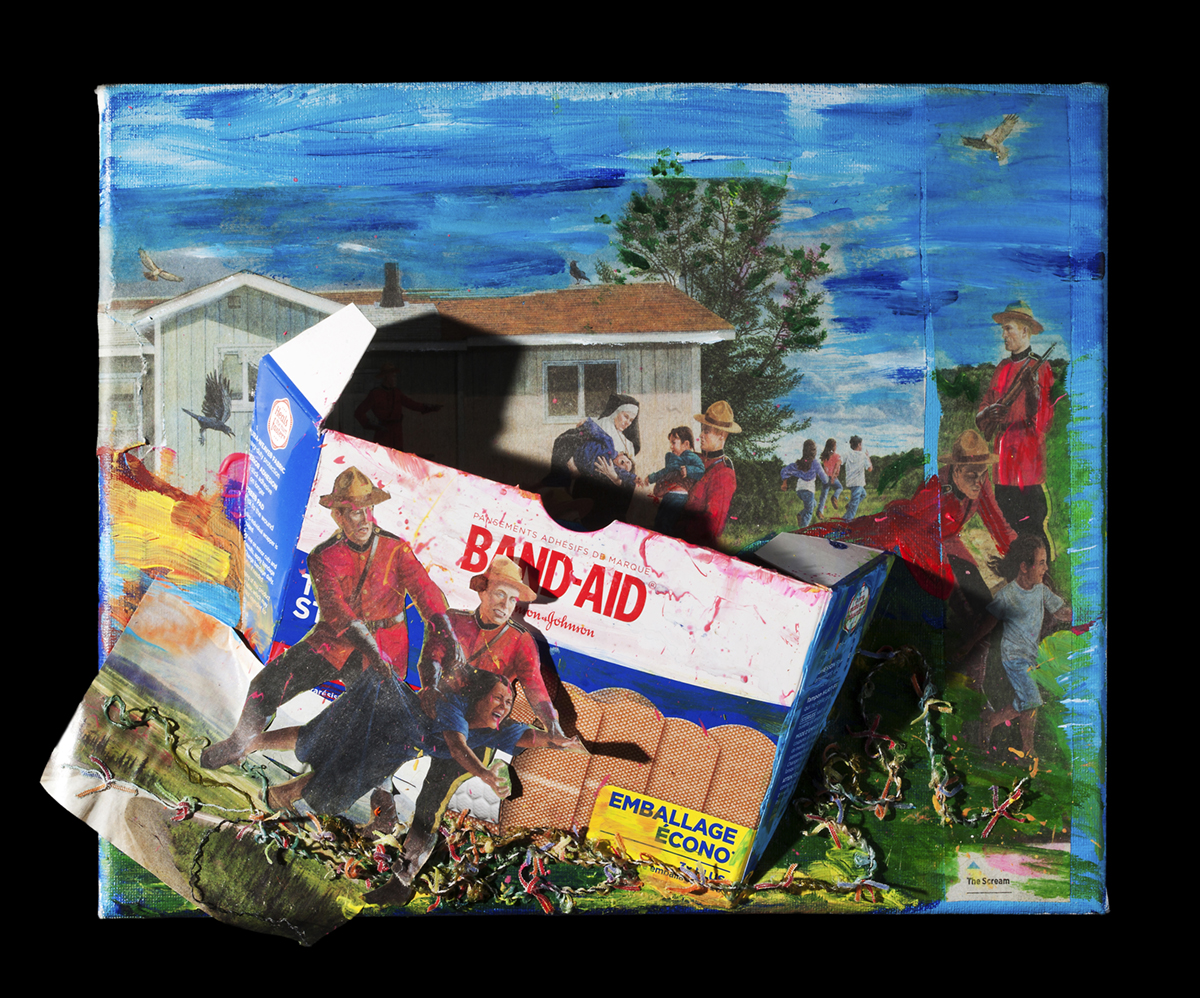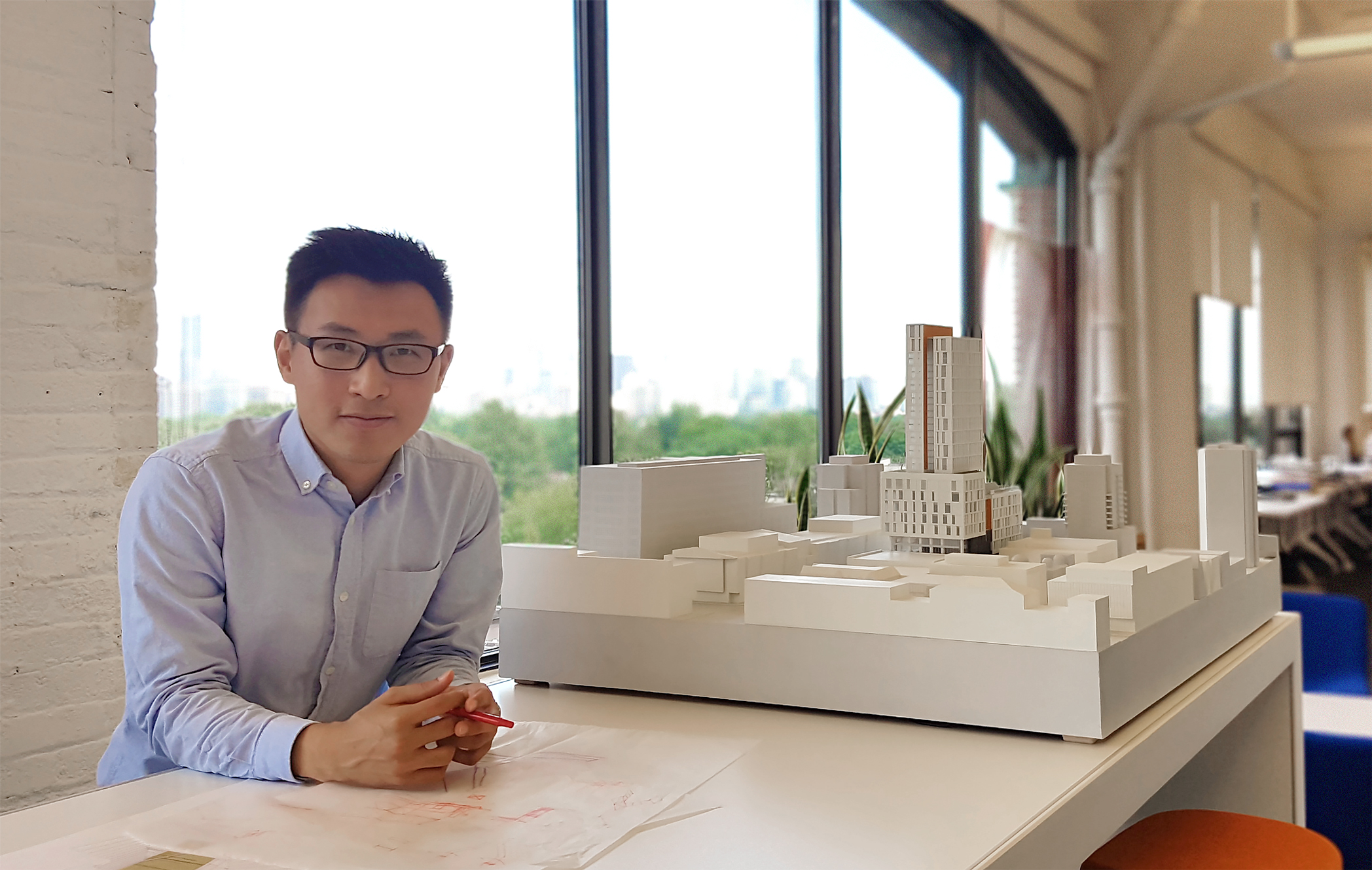In the summer of 2017, the Daniels Faculty welcomed Learning Strategist Benjamin Prottruff to its Office of the Registrar and Student Services. What exactly is a Learning Strategist, and how can Benjamin help students at Daniels meet their academic goals? Undergraduate student Tina Siassi spoke to Benjamin to learn more about this new role within the Faculty.
What is a learning strategist?
A learning strategist is like a coach. Both little league players new to an activity and high-performance athletes benefit from a coach to help them reach the next level in their development. The learning strategist essentially plays this role, but for the athletics of learning. My job is to help students who are struggling develop strategies to improve their work. I also help high performing students who are trying to advance their work or figure out what their next steps may be.
What is the difference between talking to a learning strategist as opposed to an academic advisor?
The Daniels Faculty has a really strong community of academic advisors in the registrar’s office, and really dedicated faculty members, who provide guidance on the process to obtain your degree, and who can refer you to resources across campus. Learning strategists focus more on helping students figure out how manage all the courses that they take. We help students improve their study skills and develop better time management and motivation strategies.
If students want to meet with you, what’s the best way to get in touch?
I have drop-in hours every Monday from 11:30 am to 1:30 pm in the Daniels Commons near the Café, where I sit at a table, ready to entertain any and all conversations about study skills and academic strategies. Students can also book an appointment with me at the front desk of the registrar’s office or by emailing me at benjamin.pottruff@daniels.utoronto.ca. One-on-one appointments typically last about 50 minutes. This allows extra time to discuss how a student’s courses are going, their ideas behind a particular assignment, or what’s interesting or concerning them about a particular course.
In addition to the drop-in sessions and pre-bookable appointments, I am developing some general programs across campus, including a series of workshops, to provide general help. In the 2017 fall term, we had workshops on Critical Reading and Note-Taking Strategies, Time Management & Procrastination, and Motivation, Stress Management, & Study Focus. In the 2018 winter term these workshops will run again and a few new ones will be added – Deconstructing Your Syllabi & Planning For Success, Fresh Start: Academic Skills for a New Term, and Delivering Effective Presentations. The workshops will be offered on Fridays from 12-1pm as a “brown-bag lunch and learn”, essentially an opportunity for graduate and undergraduate students to learn in community while taking a break to enjoy their lunches. The workshop series is just getting underway this year, by next year a full suite of learning workshops will be integrated with the academic skills programming of the Eberhard Zeidler Library and The Writing Center. You can find out more information about the workshops in the events section of the Daniels website.
What is the most common concern that students bring to you?
The biggest concern that I chat with students about is time management. We often discuss how to incorporate long commutes, part-time jobs, and important relationships with school, to try to figure out the study-life balance. Another common concern is motivation. Motivation tends to be high at the start of a term, but as the work builds up, it often starts to diminish, so we talk about how to maintain motivation throughout your studies. After that, students come looking for specific skill-based approaches, such as how to prepare for exams, how to find a good essay-writing or planning strategy, or how to better focus on readings.
What have you learned in your interaction with students?
The reason I love being a learning strategist is because there’s something I can learn from every student I interact with, and that makes the job very rewarding. Everyone I sit down with tells me a little bit about what they’re learning, how they’re applying it to their life, and where they’d like to go with that knowledge, and that just makes my job really exciting.
What are your top 3 tips for Daniels Faculty students?
1. Go to class: Students are frequently struggling because they’re balancing multiple concerns or challenges, so sometimes they make a decision not to attend class because there’s something else that they’re putting their energy towards. But the simple truth of it is, there’s often no way to make up for a skipped class. The instructors at Daniels have strong teaching techniques; they’re brewing your knowledge by reviewing what happened in the previous class and outlining what’s going to happen the next class, so they’re supporting your learning across several weeks of study. If you miss that, you will be missing a big piece of the puzzle that you’ll need when you’re trying to put all of that information together at the end of the term. Also, the classroom is full of people who are struggling with the same concepts as you and can help you figure it out through discussions. So, going to class is essential not just to listen to your instructor or TA, but also to create a dialogue with your peers.
2. Take care of yourself: If we want to be successful learners, we need to be well-rested, have a good diet, and get some regular exercise. These are critical for our learning process. Our mind and body are very closely related.
3. Learn from Failure: Failure can often be really scary and something that we react poorly to, but it’s helpful to think about it as an opportunity: every time we fail, we have an opportunity to learn how we can do something better for the next time. This is particularly important for design school students, who receive regular critiques in review sessions. Some students interpret criticism to mean that their project is unsuccessful. But if they can hear that criticism and see it as something that will make their ideas stronger, then it’s creates a different and more productive mindset. Learning from failure is an emotional and an intellectual process. The idea is to find a way to manage the emotional reaction, so we can move forward and ask: “how can I use this feedback to make my project more successful?”
